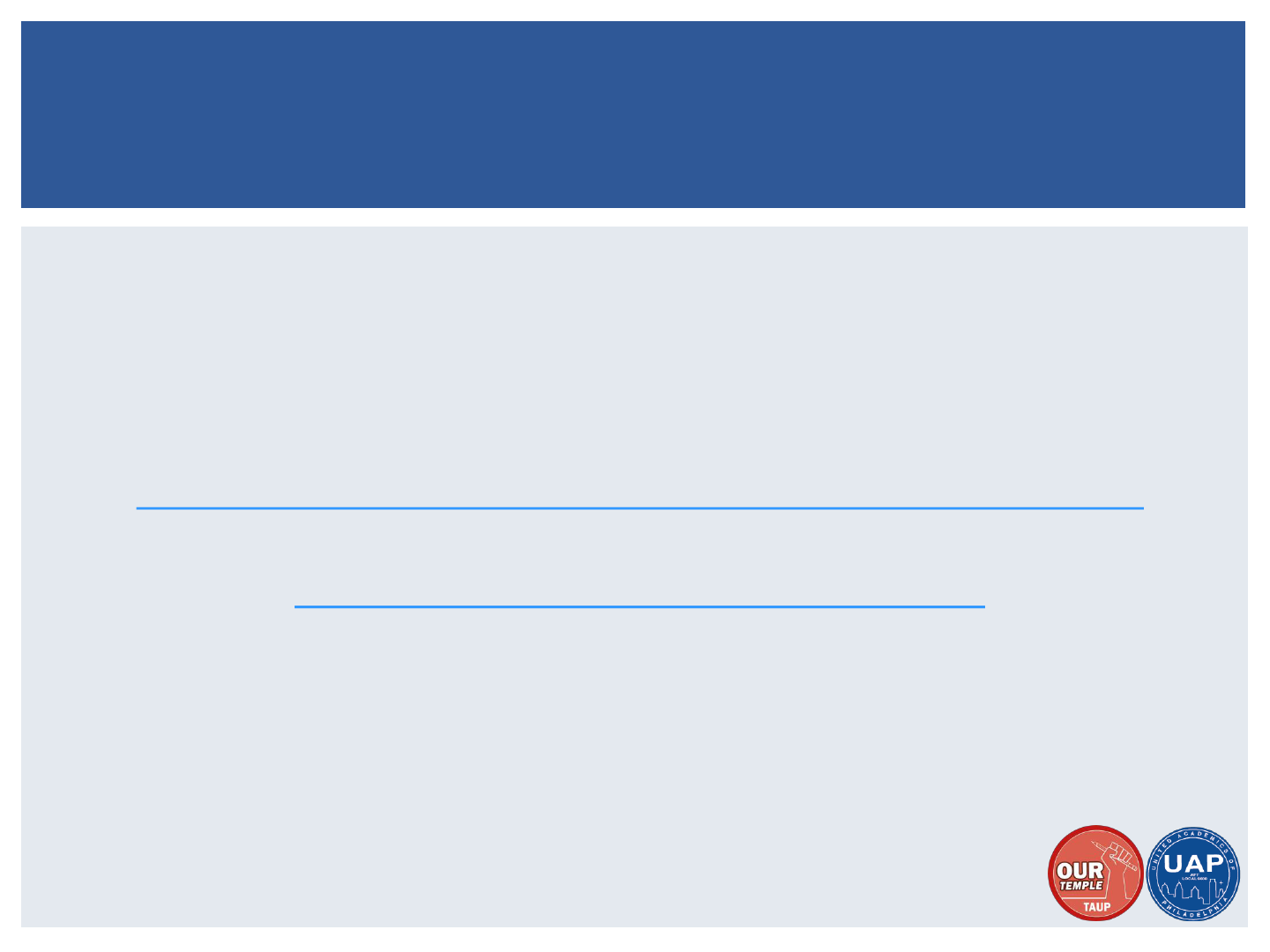
UNEMPLOYMENT
INSURANCE FOR
ADJUNCTS
This documented was compiled by Temple Association of University Professionals and United Academics of Philadelphia.
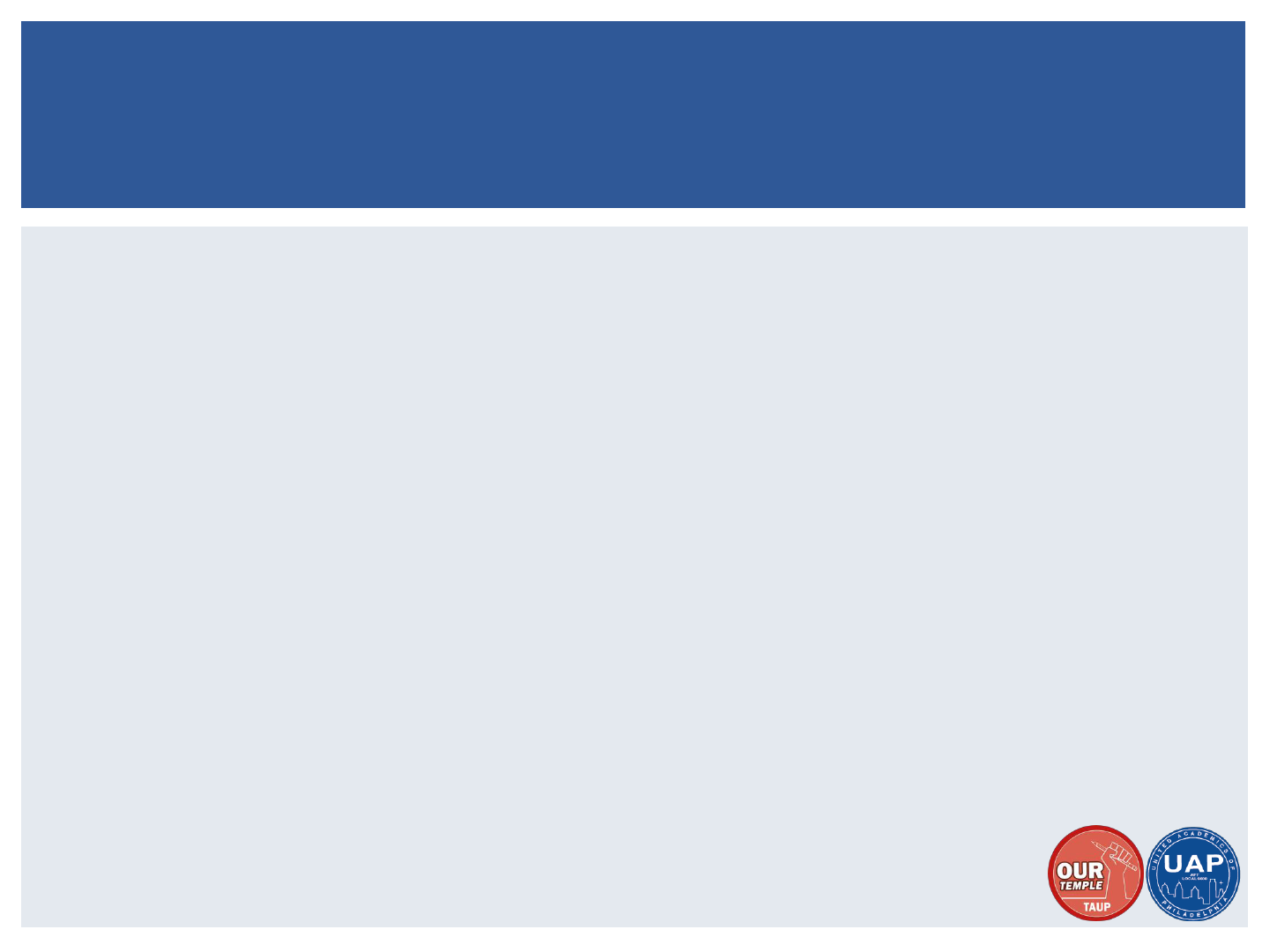
Basic terms and concepts you’ll need to know
How your eligibility is assessed
What the process looks like
Key questions in the application
New test for adjunct eligibility
Changes due to COVID-19
WHAT WE’LL COVER
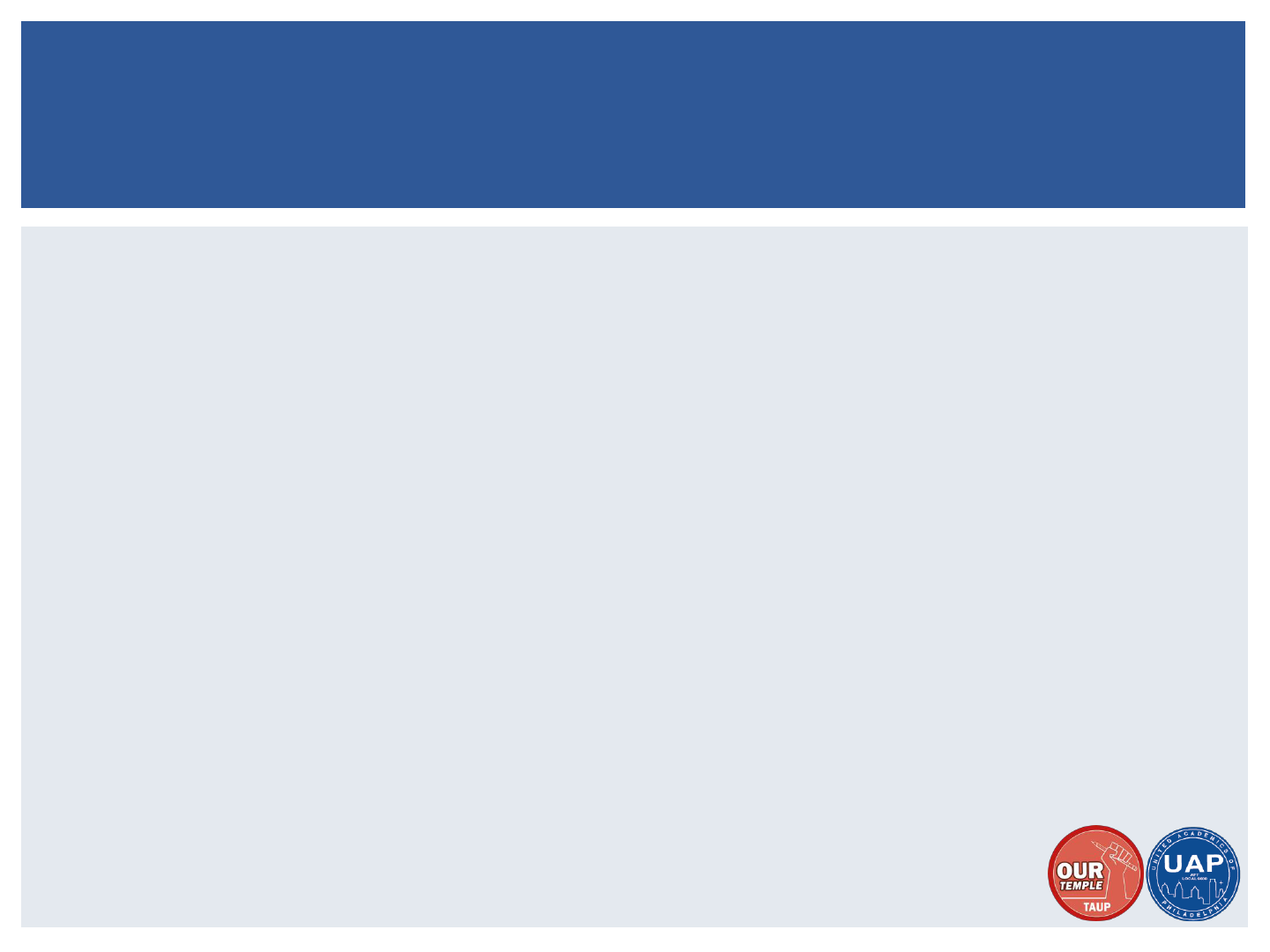
This presentation is accurate as of 5/14/20. Given the rapidly changing
landscape of unemployment insurance eligibility as a result of the pandemic
and relief bills, what is reflected here are best practices in the current
situation and subject to change. Keep in touch with your union, and visit the
NJ unemployment insurance website regularly for updates.
These materials have been compiled the United Academics of Philadelphia
(UAP) and Temple Association of University Professionals.
I am not a lawyer. This presentation is intended for guidance and does not
constitute legal advice.
DISCLAIMER
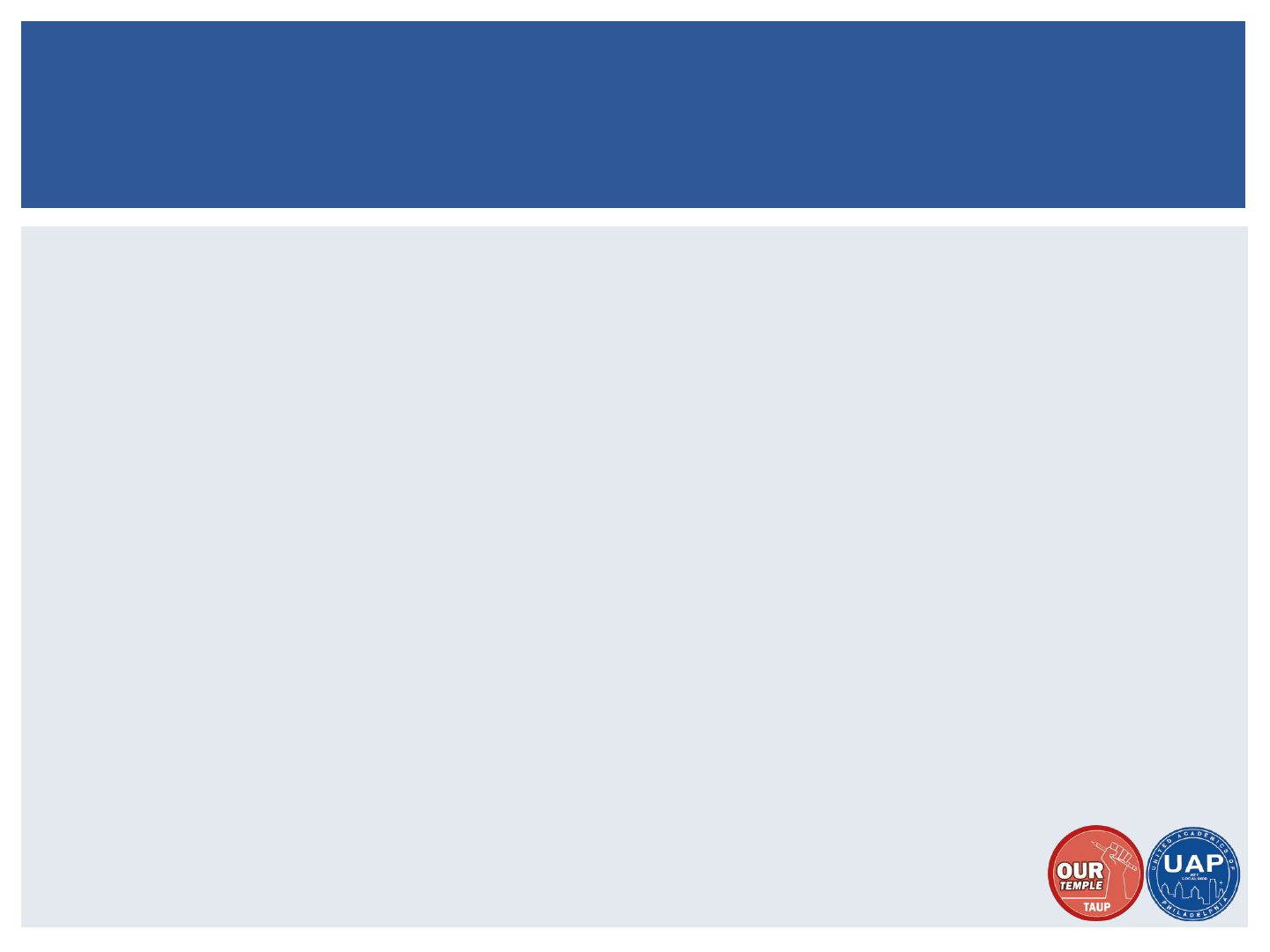
Federal guidelines are issued by the U.S. Department of Labor (DOL).
Benefit programs are implemented by each state, and there are differences
from state to state on eligibility and benefits.
In New Jersey, both employers and workers pay a tax that funds unemployment
insurance.
If you are eligible, the government, not your employer, makes the initial
determination. Its job is to assess the facts and make fair determinations
consistent with the law.
WHERE DOES UNEMPLOYMENT
INSURANCE COME FROM?

State agencies have been accustomed to the past when the majority of faculty were full-time, and
part-time faculty were professionals in their field teaching an occasional class on the side.
Employees of educational institutions are treated as a special case under unemployment
insurance law. The Federal Unemployment Tax Act (FUTA) and state laws require that
unemployment insurance be denied between and within academic terms to claimants who teach
in an academic year or term if they have a “contract” or “reasonable assurance.”
Eligibility is determined on a case by case basis.
WHY HAS IT BEEN DIFFICULT TO ACCESS
UI?

The U.S. Department of Labor issued Unemployment Insurance Program Letter No. 05-17 to clarify eligibility in
regards to reasonable assurance. The new assessment system from the U.S. DOL allows for a more nuanced
understanding of adjunct working conditions and has aided in the likelihood of our ability to collect benefits.
The U.S. DOL Letter clarifies key terms:
What constitutes a “contract.” It establishes that since our “contracts” contain contingencies, they are
not contracts. States have to comply with the U.S. DOL definition of a contract.
What constitutes “reasonable assurance.” It outlines the variables at play in weighing the likelihood of
reemployment, and places emphasis on the contingent nature of the offer.
As a result, it became somewhat easier to collect benefits between terms even if you have a promise of classes in
the same capacity for the upcoming semester, though states have leniency interpreting and implementing the
guidelines.
NEW GUIDELINES
U.S. DOL UIPL 05-17

As mentioned before, states are granted leniency in the interpretation and implementation of U.S. DOL
unemployment insurance guidelines.
New Jersey’s Assembly has passed legislation, as of 5/13/20, that makes it much easier to collect benefits between
terms, even if one has an offer of reemployment the subsequent semester. It is waiting to be voted on by the
Governor.
It would establish that:
Summer is not to be qualified as a break if the institution is running courses, making those laid off at the semester’s end
eligible for UI.
A person is presumed not to have reasonable assurance under an offer that is conditioned on enrollment, funding, program
changes, or other circumstances under the control of the employer.
It is the employer's burden to provide sufficient documentation to overcome this presumption. Reasonable assurance shall be
determined on a case-by-case basis considering the totality of circumstances rather than on the existence of any one factor.
For an individual to be regarded as having reasonable assurance of employment, the totality of circumstances must show that
it is highly probable that there is a job available for the employee in the following academic year or term.
If any contingencies in the employment offer are within the employer’s control, the claimant shall not be regarded as having
a reasonable assurance of employment. Contingencies within employer’s control include, but are not limited to, enrollment,
funding, including appropriations and the allocation of funding, program changes, final course offering, and facility
availability.
A person may earn up to 40% of the weekly benefit before having their partial benefits reduced (formerly 20%).
Reduces the minimum threshold for financial eligibility for UI.
NEW GUIDELINES
NEW JERSEY, LEGISLATION A4132
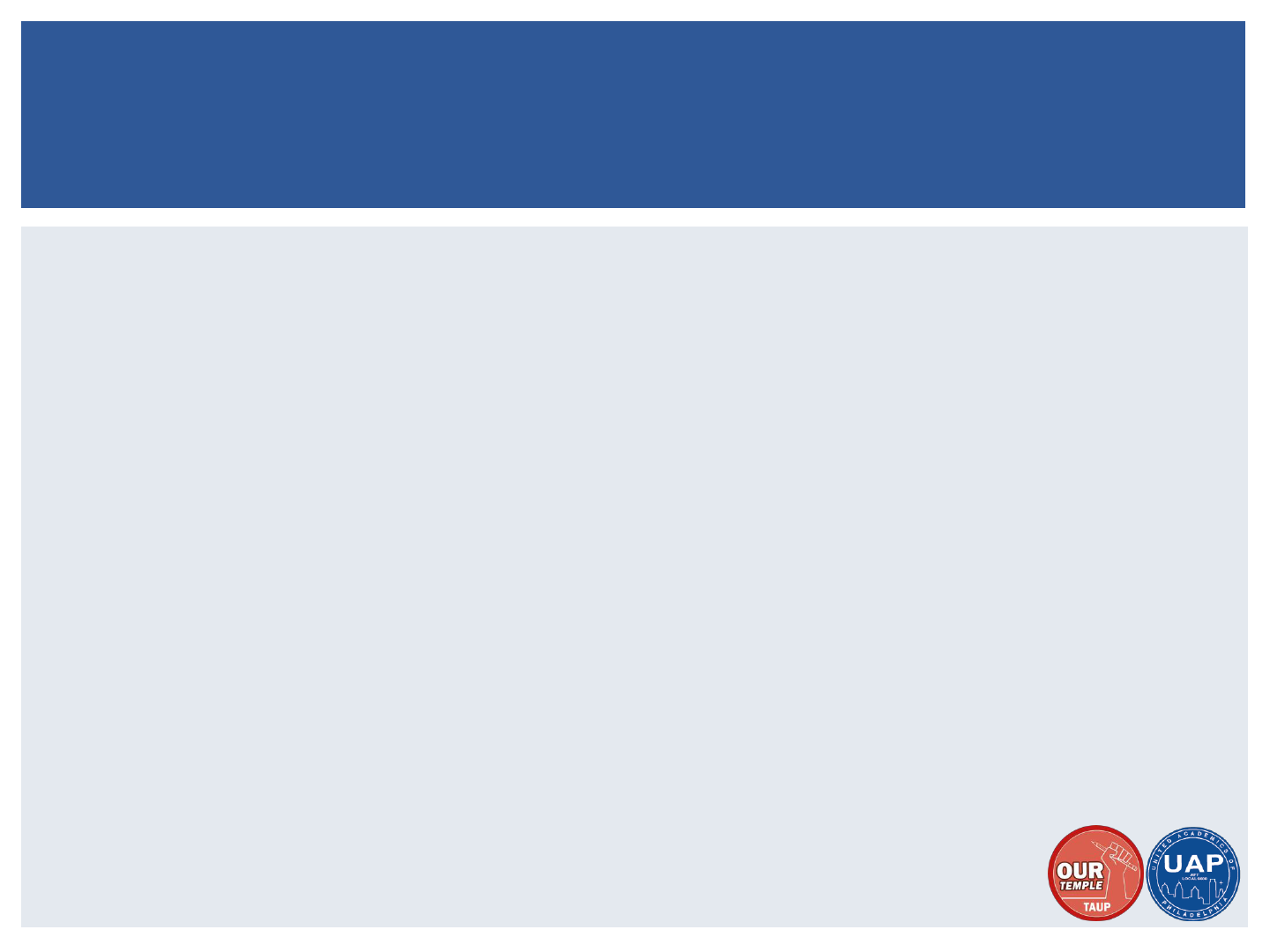
1) You must have worked and earned enough in the preceding calendar year quarters (your
base year).
2) You must be able and available for suitable work.
3) The reduction/lack of work must be through no fault of your own.
4) You must not have reasonable assurance of re-employment.
DETERMINING ELIGIBLITY
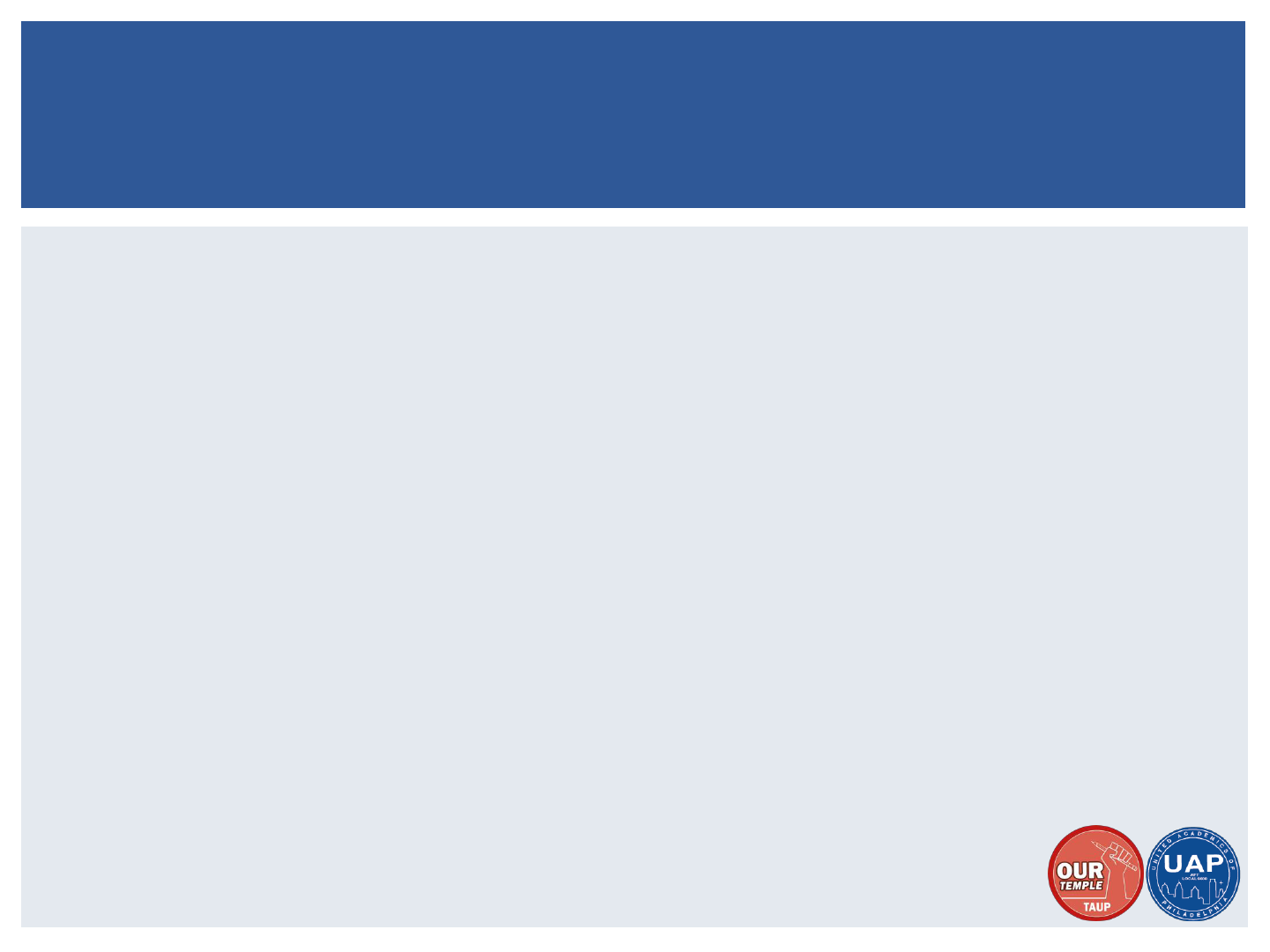
Even if you are working you may still be eligible for partial benefits if any of the following applies:
Your employer has reduced rather than eliminated your hours.
You have separated from an employer and obtained part-time employment elsewhere with fewer hours of
work.
You have separated from one employer but continue to have part-time employment elsewhere.
You are not employed for more than 80% of the normal hours worked in the occupation.
DETERMINING ELIGIBLITY
PARTIAL BENEFITS
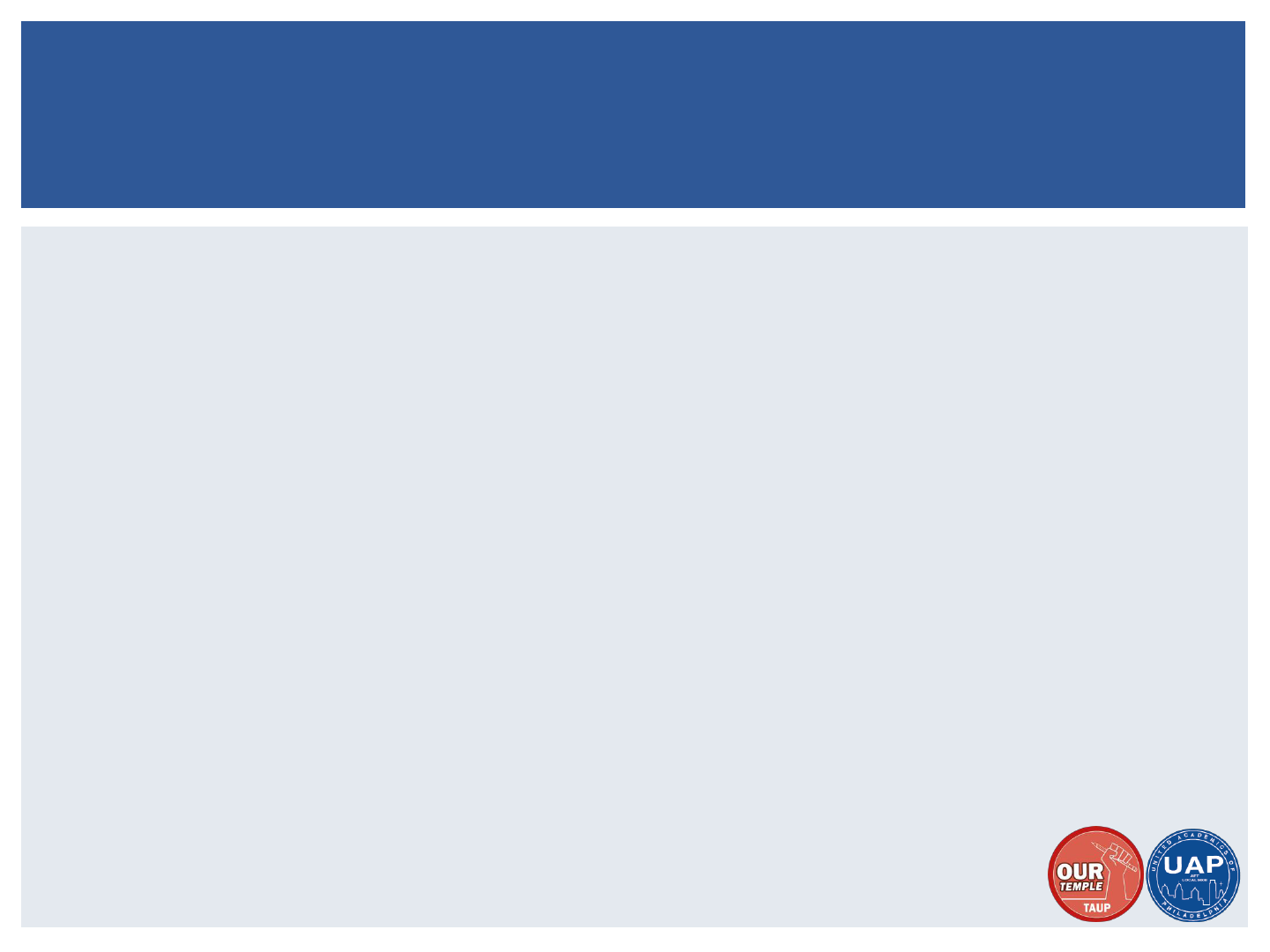
Just as before, you may be eligible for UI when your hours are reduced or terminated,
but you must first exhaust any paid leave offered by your employer. Expanding
traditional eligibility requirements, you may be eligible if:
1) The individual has been diagnosed with COVID-19 or is experiencing symptoms
of COVID-19 and is seeking a medical diagnosis;
2) A member of the individual’s household has been diagnosed with COVID -19;
3) The individual is providing care for a family member or household member who
has been diagnosed with COVID-19;
4) The individual is the primary caregiver for a child or other person in the
household who is unable to attend school or another facility that has been closed
as a direct result of COVID-19 and such school or facility care is required for the
individual to work;
5) The individual is unable to reach the place of employment because of a quarantine
imposed as a direct result of COVID-19;
DETERMING ELIGIBILITY
COVID-19 CIRCUMSTANCES
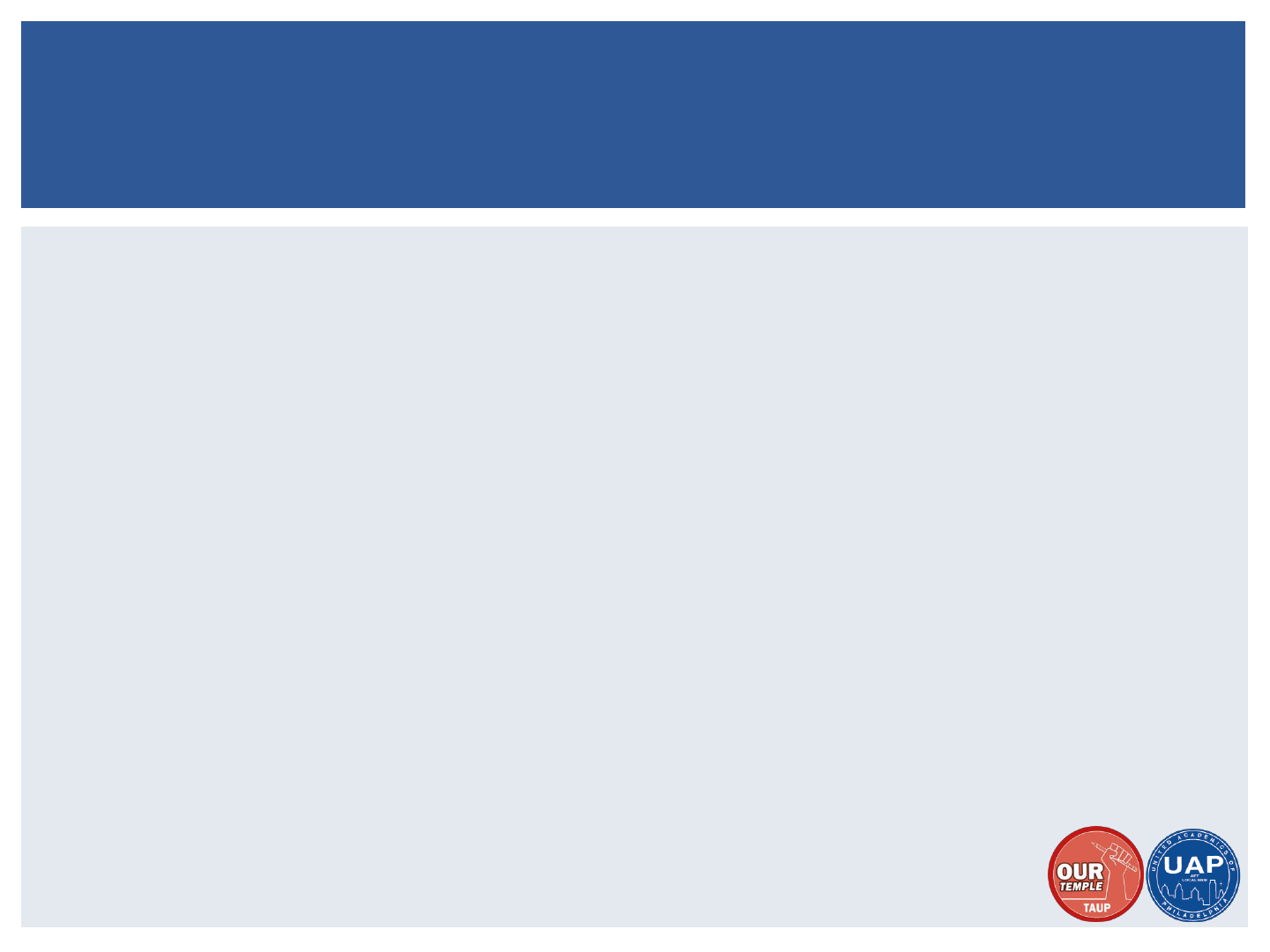
(Previous slide continued)
6) The individual is unable to reach the place of employment because a health care
provider has advised the individual to self-quarantine due to COVID-19 concerns;
7) The individual was scheduled to begin employment and does not have a job or is
unable to reach the job as a direct result of COVID-19;
8) The individual has become the breadwinner or major support for a household
because the head of household has died as a direct result of COVID-19;
9) The individual has been forced to quit a job as a direct result of COVID-19;
10) The individual’s place of employment is closed as a direct result of COVID -19.
11) Any additional criteria established by the Secretary of Labor.
DETERMING ELIGIBILITY
COVID-19 CIRCUMSTANCES

Your base year period is used to determine if you worked and earned enough to qualify
for UI benefits. The first 4 of the last 5 completed calendar quarters preceding your
initial filing of a claim constitutes your base year. For workers who don’t qualify with
a standard base year, there are other ways of calculating a base year made available.
1) In a traditional base year period, you must have worked at least 20 weeks during which
you earned at least $200 per week, or you must have earned at least $10,000 in the base
year period. Please note that if legislation A4132 is enacted, this threshold will be lower.
DETERMINING ELIGIBLITY
WORK AND EARNINGS ELIGIBILITY
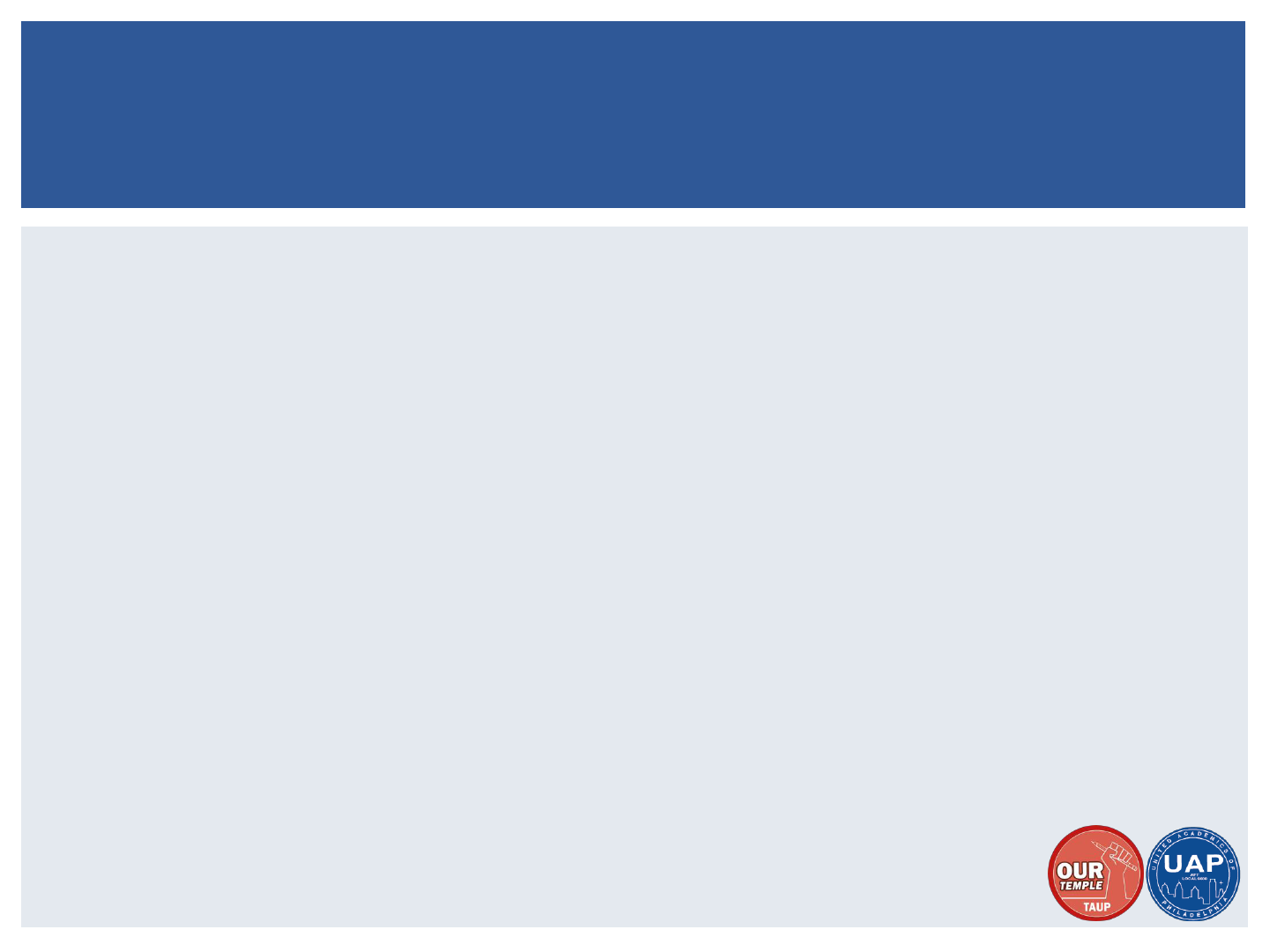
2) You must be able and available for suitable work. You will be considered ineligible if:
• You cannot keep all scheduled appointments
• You are physically or mentally incapable of working
• You are not ready to start a new job immediately
• You do not have transportation to get to work
• You have to stay home to care for children or other dependents
• You are not actively seeking employment
• You cannot claim your UI benefits every week online or every 2 weeks by phone
3) You must be unemployed through no fault of your own:
• If you unemployed due to a reason other than lack of work, a claims examiner will conduct a fact-
finding interview
• If you voluntarily left your job without good, work-related reasons, you may not qualify for benefits
• If you were fired for misconduct your benefits may be delayed or denied
• You cannot refuse an offer of suitable work
DETERMINING ELIGIBLITY
SEPARATION ELIGIBILITY
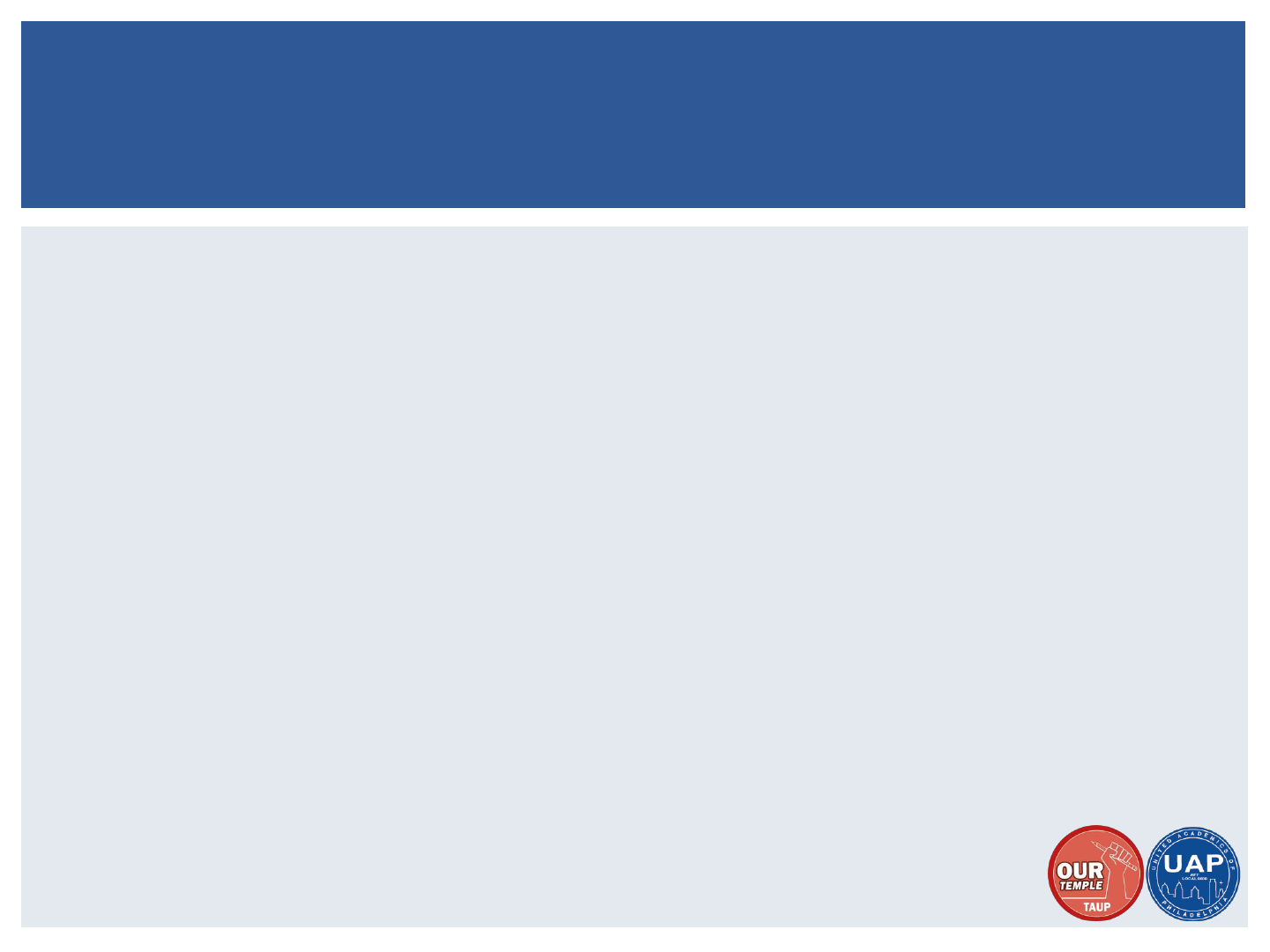
4) You must not have a contract or reasonable assurance of recall with that employer in the
coming academic term. Reasonable assurance is an obstacle for many adjuncts in collecting UI.
New Jersey’s UI law defines a claimant with reasonable assurance as:
“a written, verbal, or implied agreement that the school employee will perform services
for an educational institution during the next academic year, term, or remainder of a
term.”
Because of this, typically the clearest case for collecting between terms has been if you have
been offered fewer courses or no courses.
If your separating employer is in New Jersey and A4132 is approved, it will likely make it much
easier to collect unemployment benefits between terms, even if you have an offer in the same
capacity after the “breaks” of summer and winter.
DETERMINING ELIGIBLITY
SEPARATION ELIGIBILITY
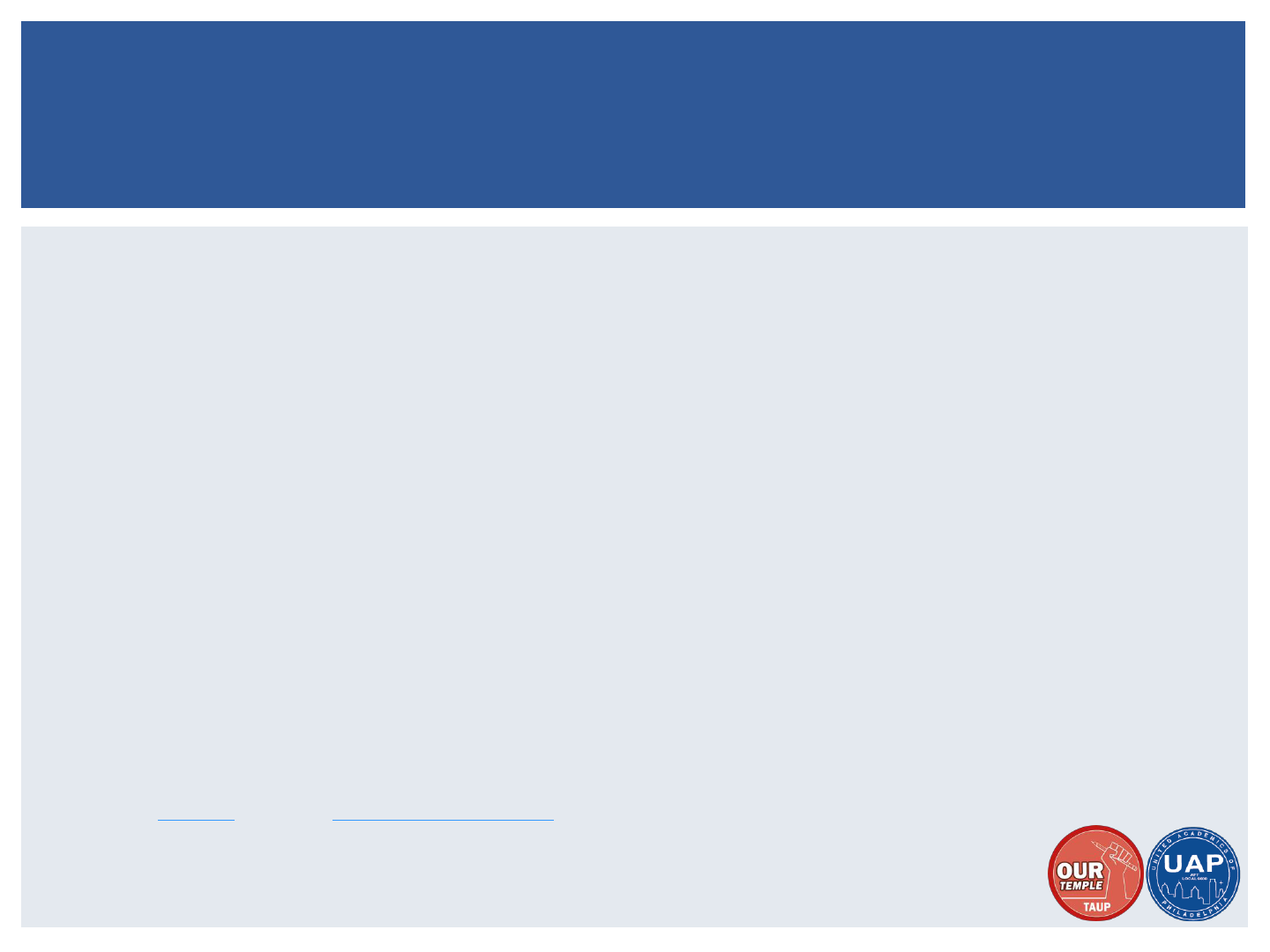
One of the most significant changes to UI eligibility in the CARES Act is the initiation of
the Pandemic Unemployment Assistance (PUA) program. PUA extends extends eligibility
to workers previously classified as ineligible for regular UI that have lost income due to
COVID-19. This includes workers that:
are self-employed, or
are seeking part-time work, or
lack sufficient work history, or
have exhausted all rights to regular UC or extended benefits
Loss of work can be backdated to February 2nd, 2020 or the day you had a reduction in
work– whichever comes first. PUA is currently set to expire on December 31, 2020.
Workers must FIRST apply for regular benefits. If denied, they will receive an email
outlining steps for applying via PUA. In New Jersey, being denied regular UI is mandatory
for inclusion under PUA.
New Jersey DOL has developed these two documents to help you navigate applying for
PUA: FAQ’s and an application guide.
DETERMING ELIGIBILITY
COVID-19 AND SELF-EMPLOYMENT
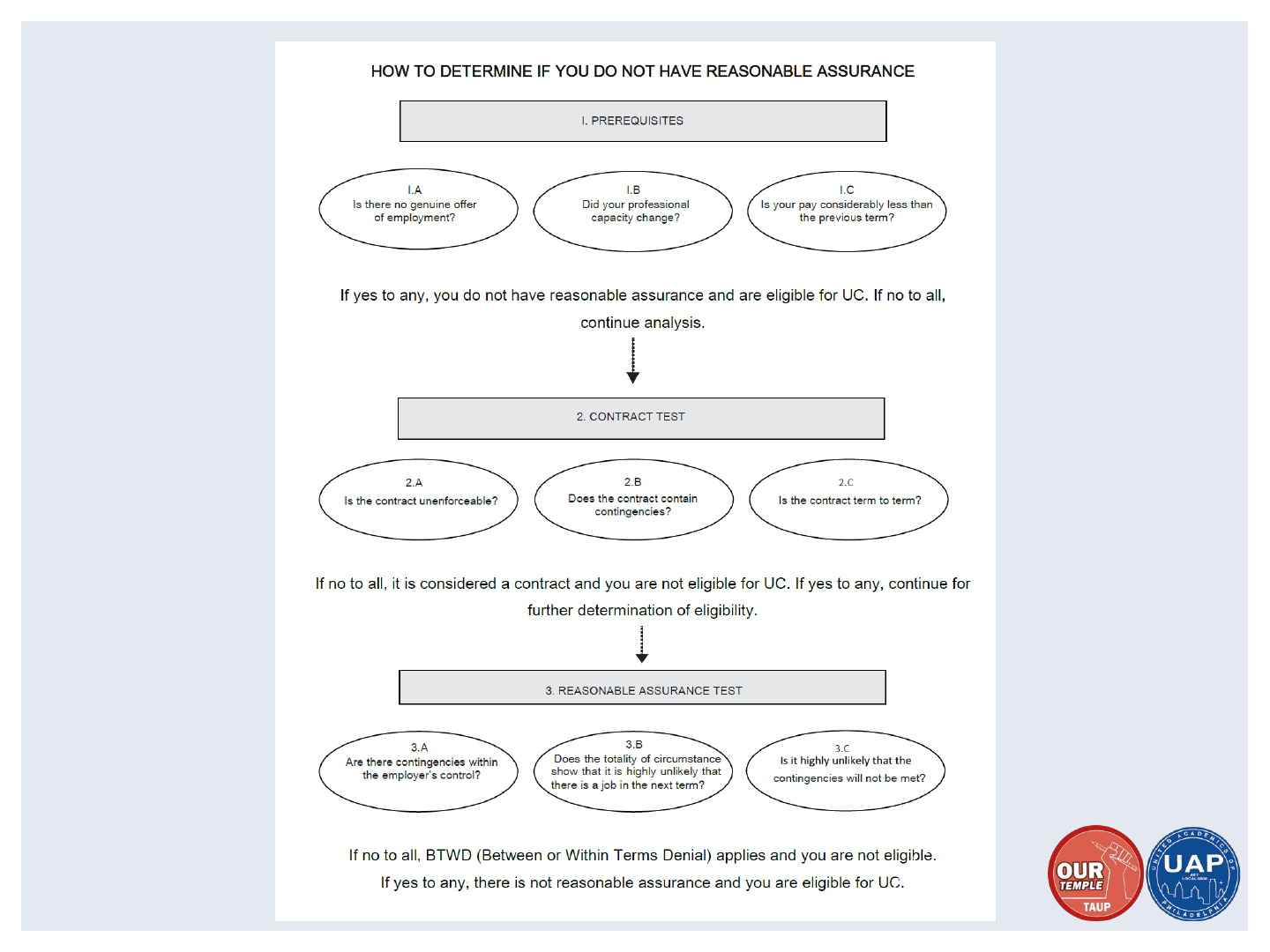
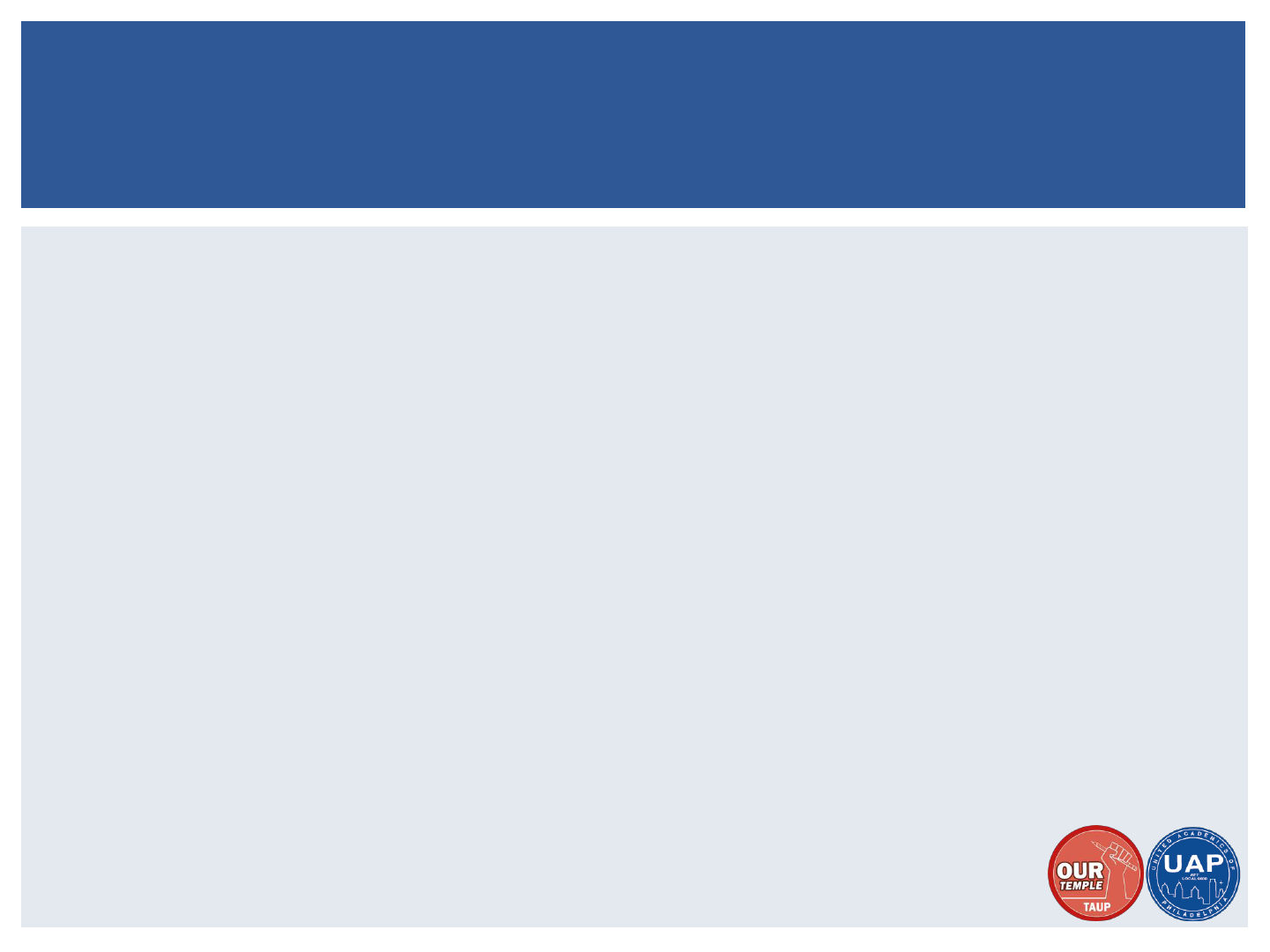
REASONABLE ASSURANCE ASSESSMENT
THE OFFER
The offer must be genuine.
• The person making the offer must have the authority to offer employment. The offer may be written, oral
or implied.
The offer must be in the same capacity.
• A change in professional capacity may be a change in rank or from a professional to a non-professional
position.
• The determination cannot be based solely on the job title or lack of title, but must be based on the nature
of the actual duties that have been performed and that will be performed.
The pay must not be considerably less in the following term.
• The Department of Labor interprets “considerably less” as earning under 90% of the amount earned in
the previous term (a 10% drop in income).
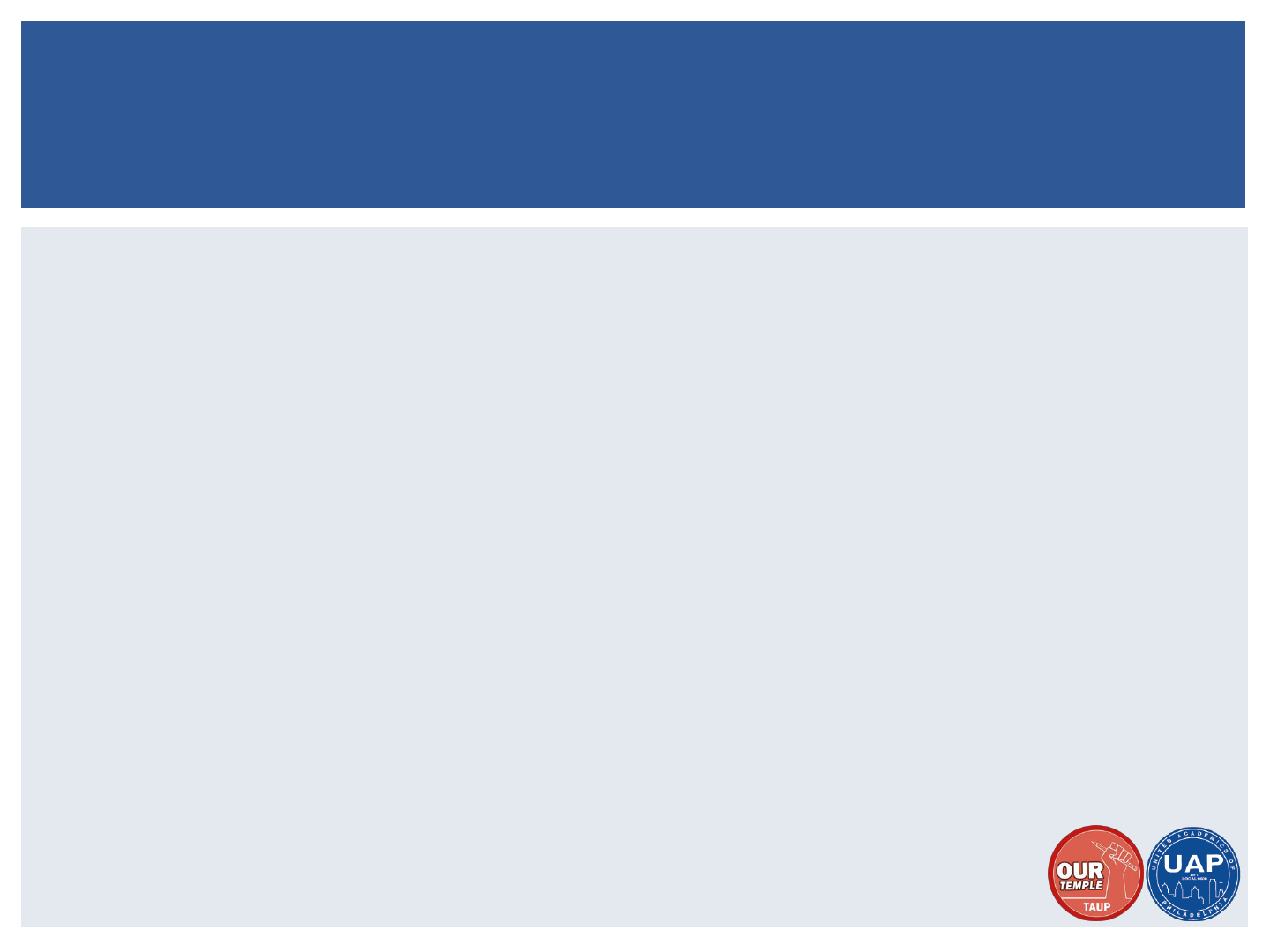
The U.S. DOL defines a “contract” as an enforceable, non-contingent agreement that
provides for compensation for an entire academic year or on an annual basis (though pay
could be on a 9-month basis).
By this definition, most adjuncts do not receive contacts as they are not enforceable, contain
contingencies, and are issued term-to-term.
States are not given latitude in regard to the definition of a contract that may vary from the
U.S. Department of Labor’s.
REASONABLE ASSURANCE ASSESSMENT
THE “CONTRACT”
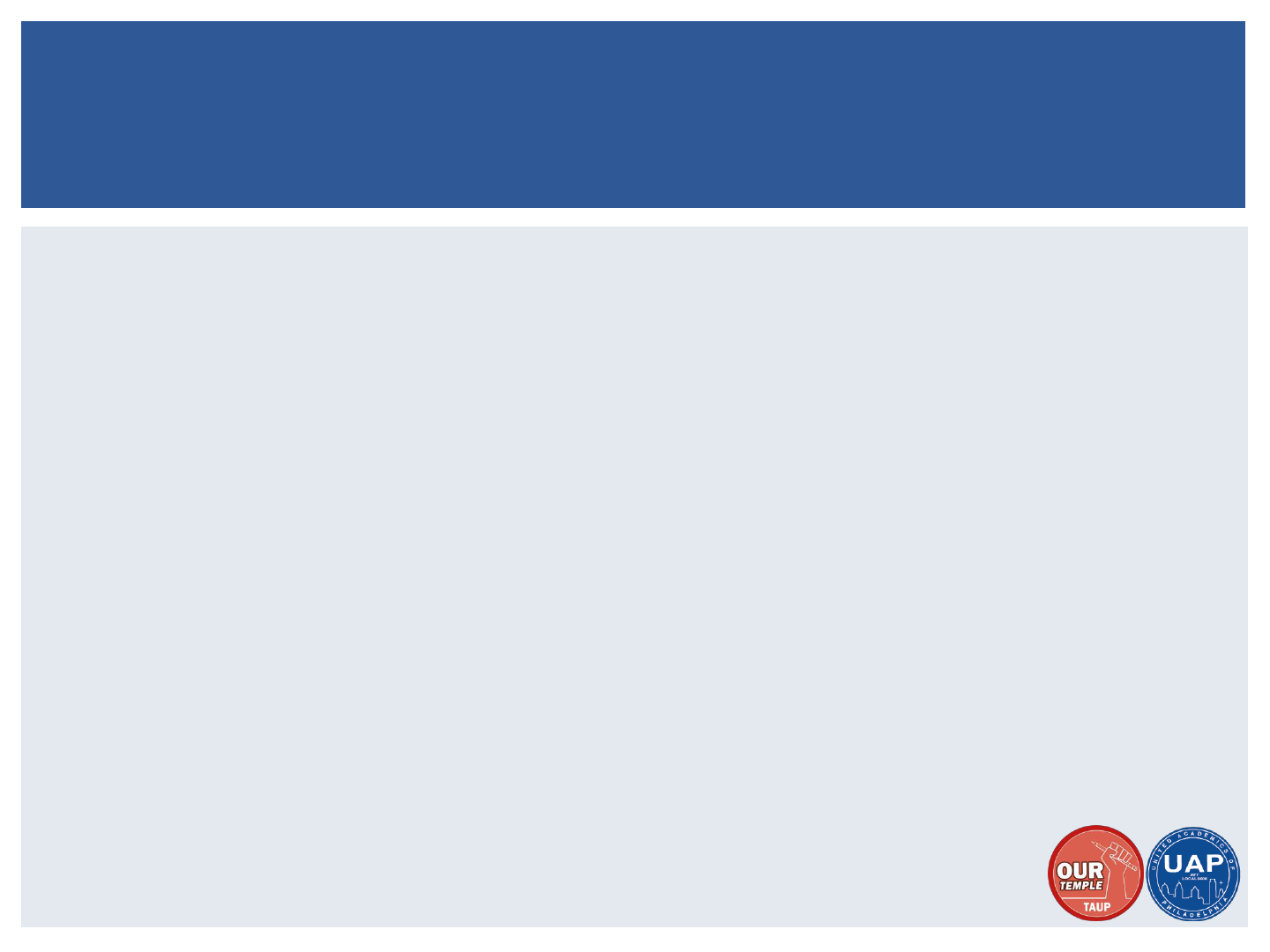
REASONABLE ASSURANCE ASSESSMENT
CONTINGENCIES
If any contingencies in the offer are within the employer’s control, the claimant does not have a
reasonable assurance of recall.
The DOL considers variables such as course programming, allocation of funds, final course
offerings, program changes and facility availability to be within the control of the employer. In
each of these variables, whether a class is offered is at the discretion of the employer, and thus
the employer assumes the responsibility for whether you are employed.
The DOL considers enrollment, funding, and seniority to be out of the control of the employer. In
each of these variables, whether a class is offered is not at the discretion of the employer, and
thus the employer does not assume the responsibility for whether you are employed. You would
not be eligible for UI.
Conversely, the New Jersey legislation A4132 deems, most notably, enrollment and funding to be
WITHIN the employer’s control.
States can decide otherwise in specific cases upon further investigation.
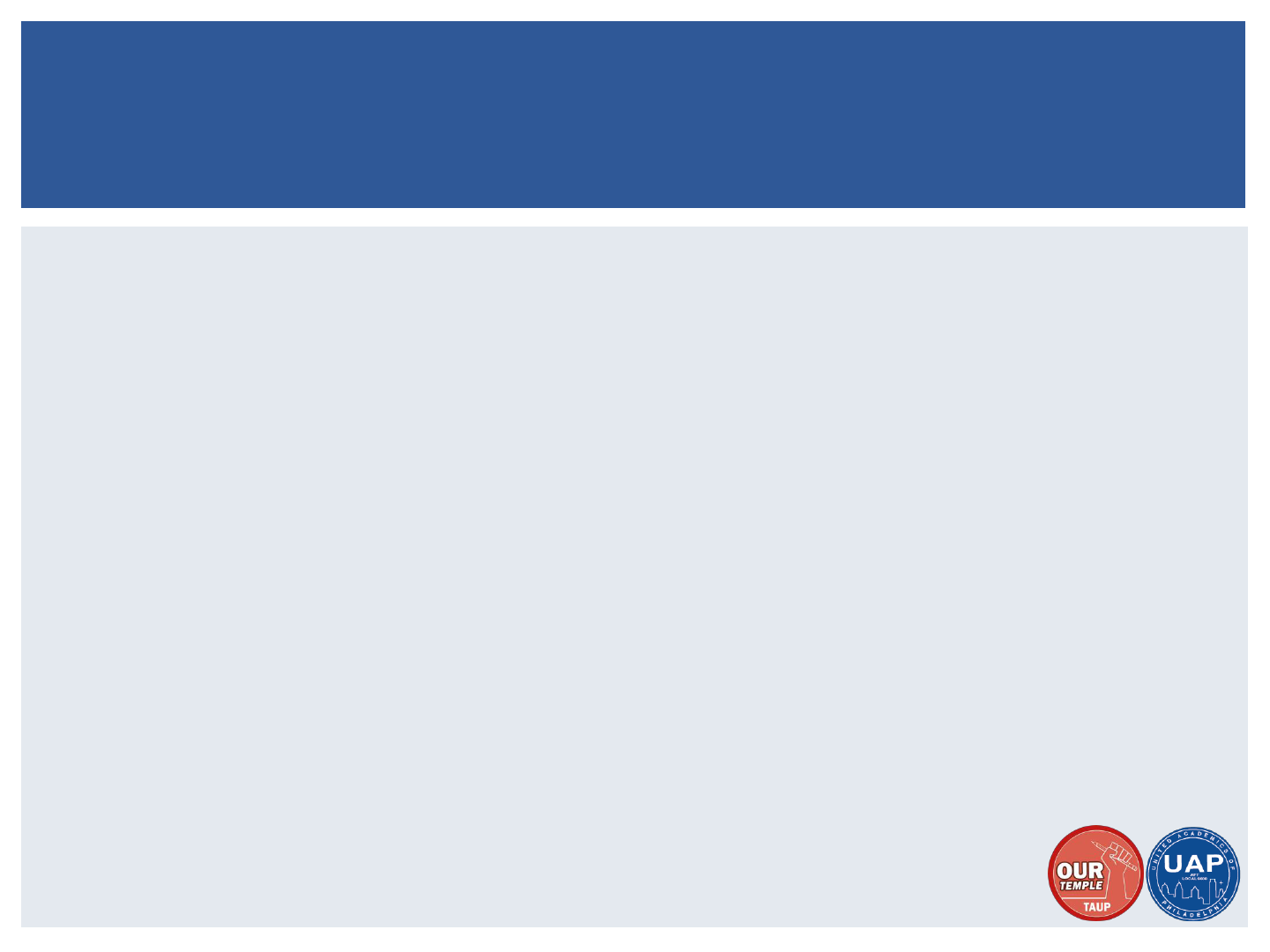
REASONABLE ASSURANCE ASSESSMENT
CONTINGENCIES
The “totality of circumstances” is analyzed to determine whether it is “highly probable” that there is
a job available for you in the following academic term. The following are some of the issues taken
into account:
Funding
Enrollment
If the course is a core or elective class
Patterns of cancellation
The claimant’s seniority
Facility availability
Budgeting and assignment practices of the school
The ratio of offers made to potential teaching assignments
The period of student registration
For example, if the contingency in your offer is based on funding, the state must consider the history
of the institution’s funding and the likelihood that it will again receive the funding for the claimant’s
employment.
For a state to find it highly probable that a job will be available does
not require it to find that there is a certainty of a job. If it is not highly probable the
contingency will be met, you may be eligible for benefits.
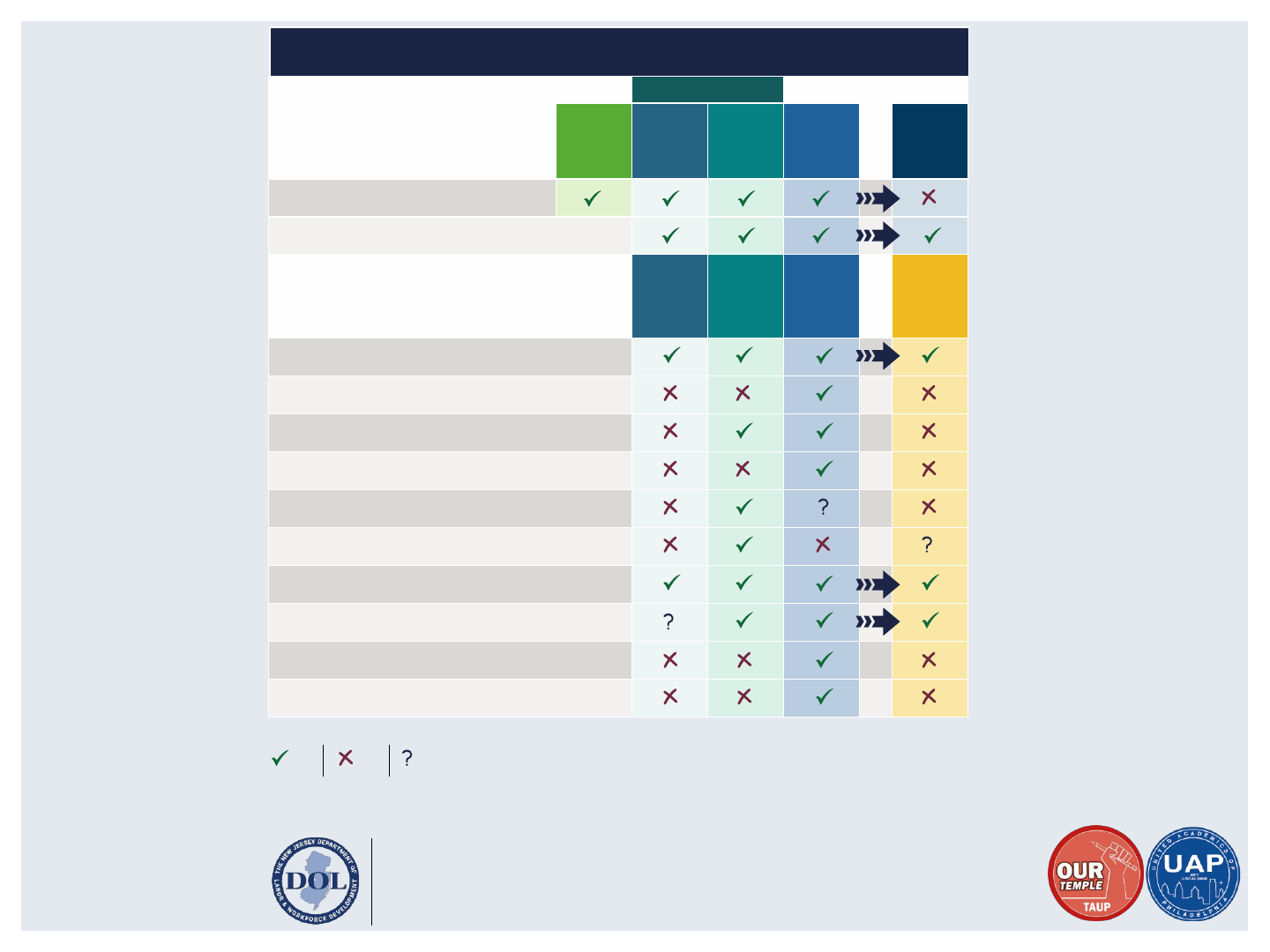
NJ.GOV/LABOR
LAST UPDATED: 4.16.2020
Employer pays sick leave and childcare FMLA; others require application to the State. You cannot
receive pay or benefit
s
fr om more than one program/law at the same time.
* Effective April 1, 2020: New federal law requires covered employers to provide emergency paid
sick leave to certain employees to care for themselves or a family member due to coronavirus
illness, symptoms, quarantine or school/child care closure. The Federal Family and Medical
Leave Act (FMLA) has also been amended to provide job-protected emergency paid leave to
employees who are unable to work because their child does not have school or child care, due
to coronavirus. See nj.gov/labor for details. The U.S. Department of Labor will be issuing further
guidance and this document may be updated as more information becomes available.
A person who has, because of their employment, contracted COVID-19 at work could be eligible
for Workers’ Compensation and would file thr ough their employer.
The information on this fli
e
r is me ant t o give a general picture of benefits and ri ght s a vailable in
certain COVID-19 work-related situations. Documentation may be required.
Worker needs time to
care for others
PAID SICK TIME
Federal
Emergency Law:
Childcare
FMLA*
dol.gov
Federal
Emergency Law:
Paid Sick
Leave*
dol.gov
NJ Law:
Earned Sick
Leave
mysickdays.
nj.gov
Unemploy-
ment
Insurance
myunemploy-
ment.nj.gov
After or
instead of
NJ Law:
Family Leave
Insurance
myleavebene-
fit
s
. nj.gov
Employee unable to work because must care for
child(ren) at home due to coronavirus closure
Worker is caring for family member who is diagnosed, or
in isolation or quarantine with suspicion of exposure
Worker is sick or
loses work
Federal
Emergency Law:
Paid Sick
Leave*
dol.gov
NJ Law:
Earned Sick
Leave
mysickdays.
nj.gov
Unemploy-
ment
Insurance
myunemploy-
ment.nj.gov
After or
instead of
NJ Law:
Temporary
Disability
Insurance
myleavebene-
fit
s
. nj .go v
Worker who has COVID-19, or symptoms of COVID-19
Person who is out of work because employer voluntarily closed
Person who is out of work because employer was ordered closed
Worker has less hours available due to business slow down
or lack of demand
Employer stays open in defia
n
ce of St at e cl osur e or public health
order, and worker refuses to work
Employer permitted to be open, but worker is afraid of gathering
in a group and refuses to work (self-distancing)
Worker is advised by healthcare provider or public health authority
to quarantine
Health care provider exposed at work and recommended by
medical professional to self-quarantine
Freelance, independent contractor or “gig” worker has no work
or lost hours due to public health emergency
Worker received 26 weeks of unemployment;
worker remains unemployed
COVID-19 SCENARIOS & BENEFITS AVAILABLE
1
2
3
4
5
6
7
8
9
10
11
12
YES NO
MAYBE
(PLEASE APPLY;
EVALUATED CASE
BY CASE)
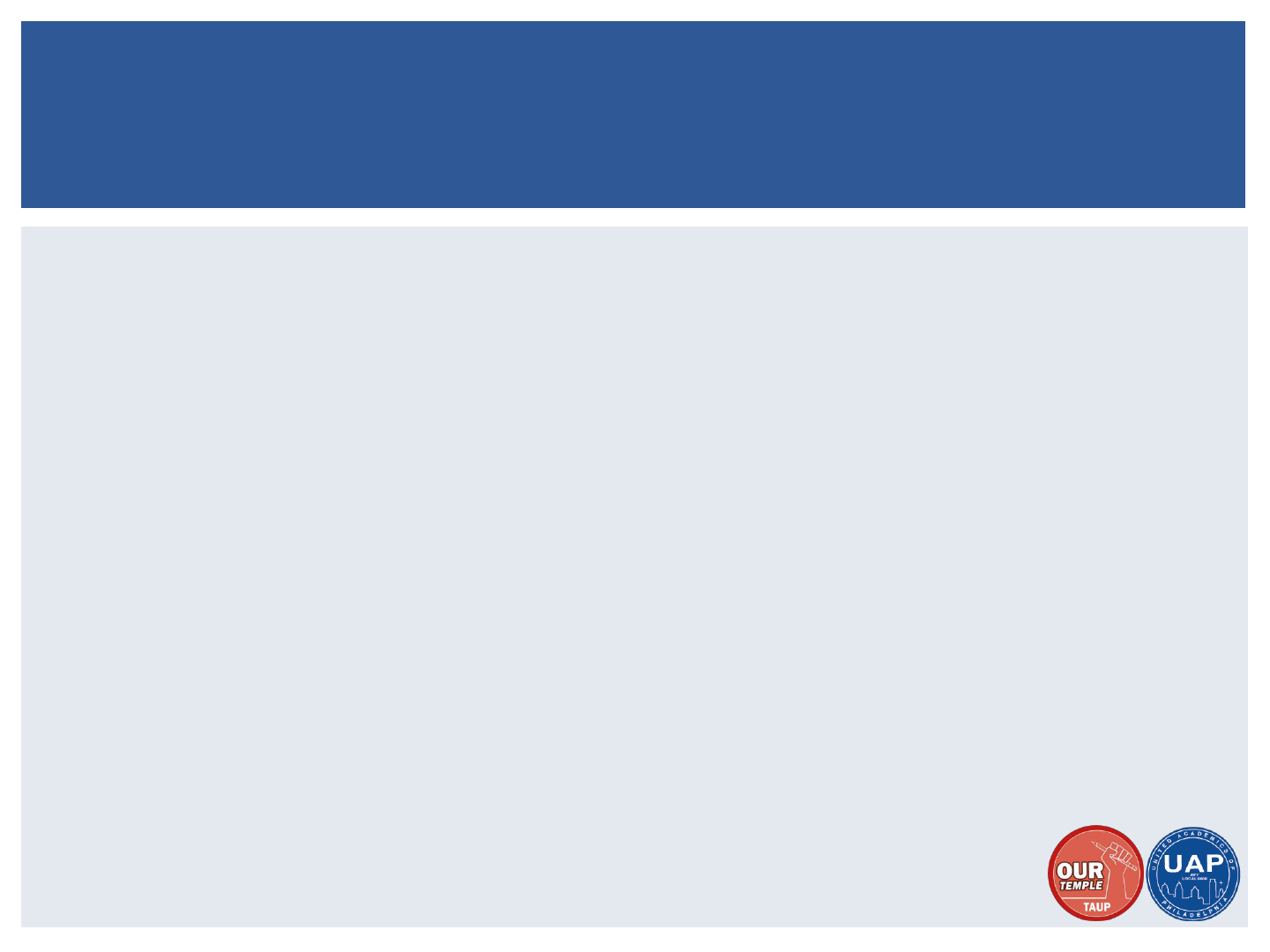
All of your employers within your base year will be contacted when you file.
The people notified will vary, from just HR staff to Deans, Chairs or supervisors.
Fear of retaliation is understandable given our vulnerability. The decision to file is one that each
claimant needs to make for themselves.
If you do file, consider giving your immediate supervisors a “heads-up” explaining your need to file. This is
an opportunity for colleagues to understand our need for this support.
You can let your supervisor know that their department will not be charged for your unemployment.
UI is a tax paid by institutions as well as workers.
Institutions are not permitted to pass this charge down to schools or departments.
WHO WILL KNOW THAT I’VE FILED?
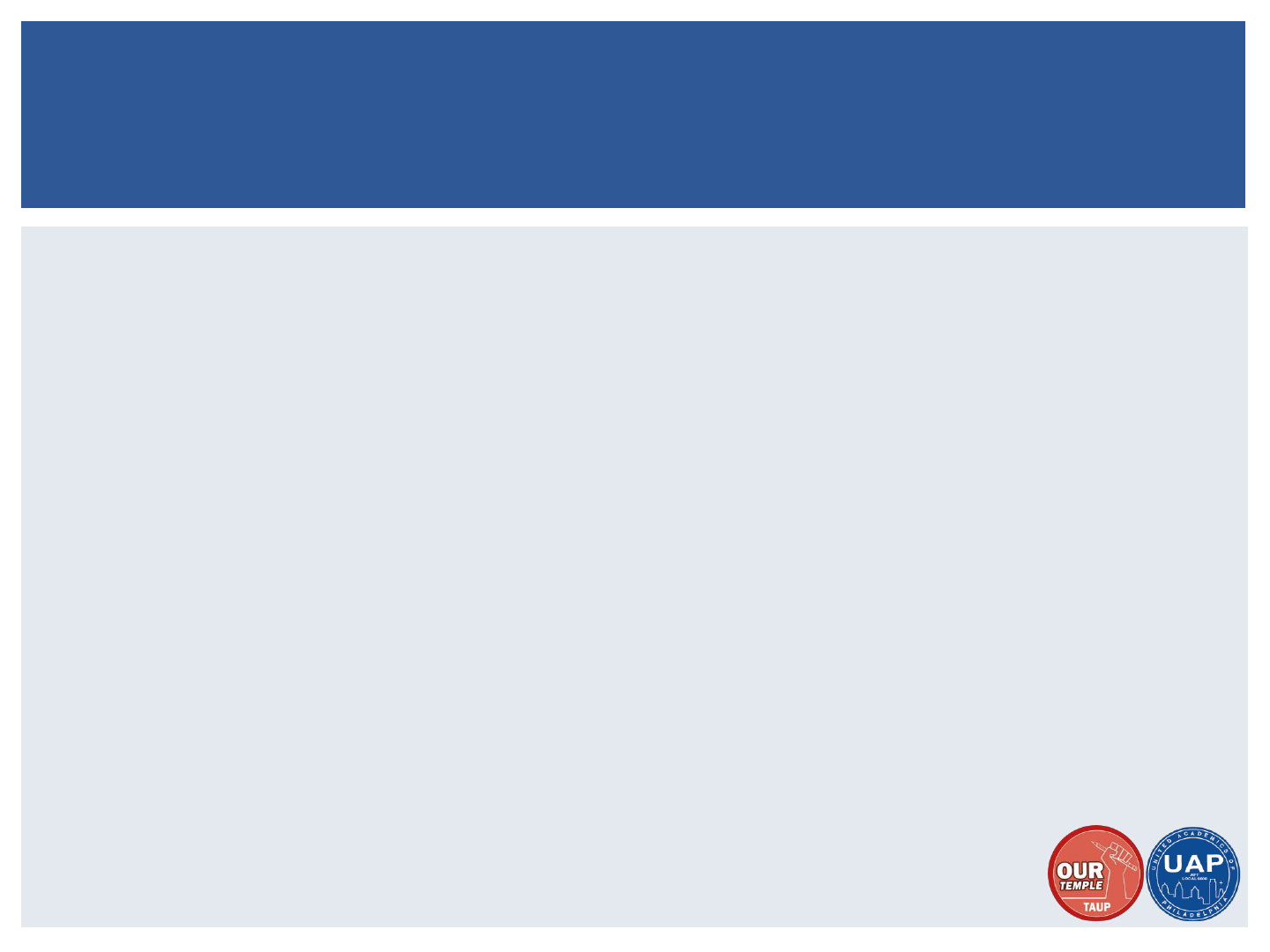
Though your employers will be contacted, they do not decide if you are eligible – the State
does that. Eligibility for UI is based on statutes, case law and regulations, not on your
employer’s opinion.
WHO WILL KNOW THAT I’VE FILED?
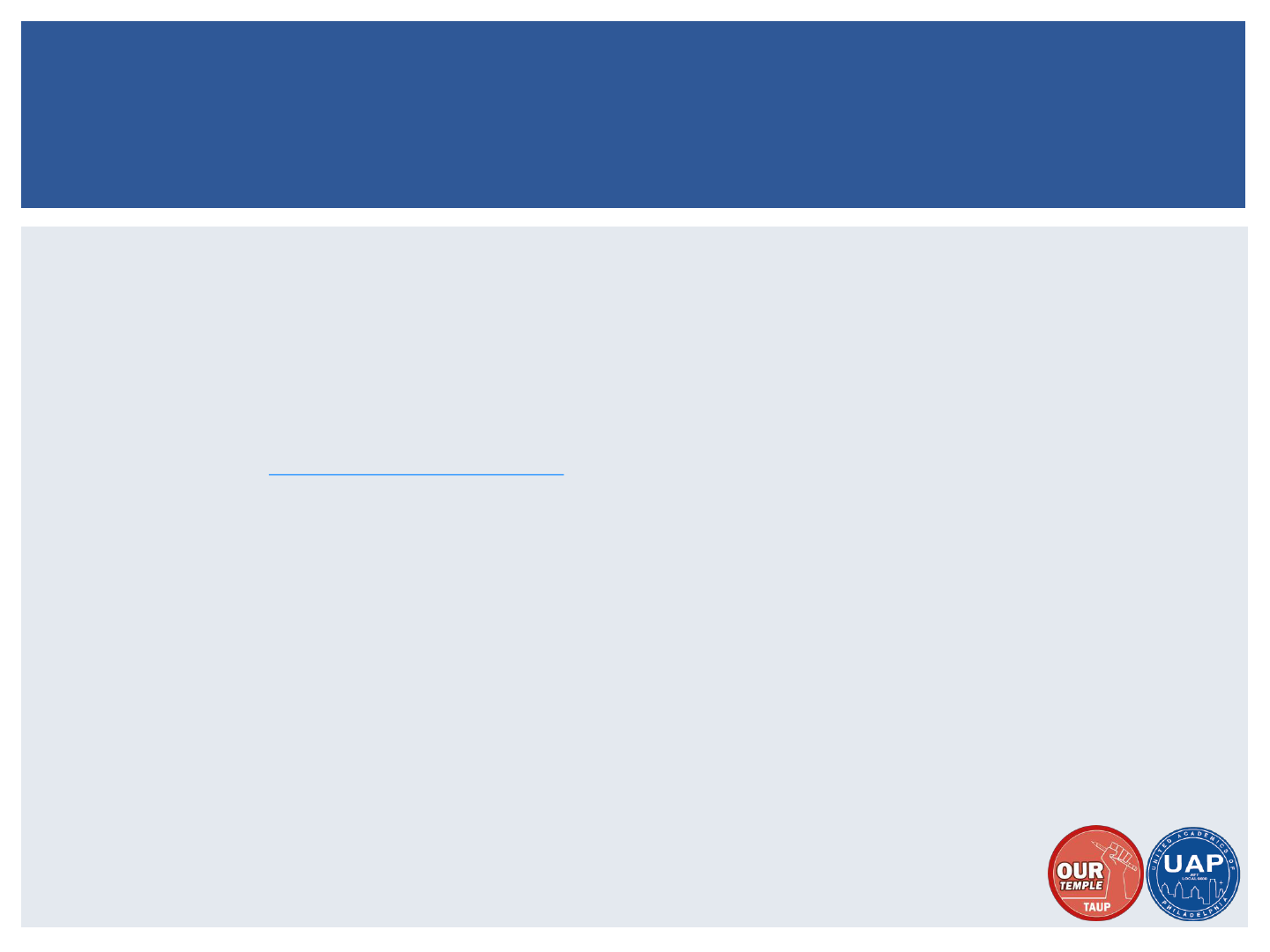
Your weekly benefit rate is set at 60% of the average weekly wages you earned
during the base year (the average weekly wage is based on wage information
provided by your employer). The average weekly wage is found by dividing your
total wages by the number of base weeks you worked.
You can use this benefit calculator to get an estimate of your benefits.
For 2020, the maximum weekly benefit rate is $713.
Most claimants can collect for up to 26 weeks within a 52 week “benefit year”
following the application for UI. The 52 week benefit period starts on the
Sunday preceding the day you apply.
You may return to work during your benefit year, and then re-open your claim
if you become unemployed again and have not exhausted your benefits.
HOW MUCH UI WILL I RECEIVE?
FOR HOW LONG?
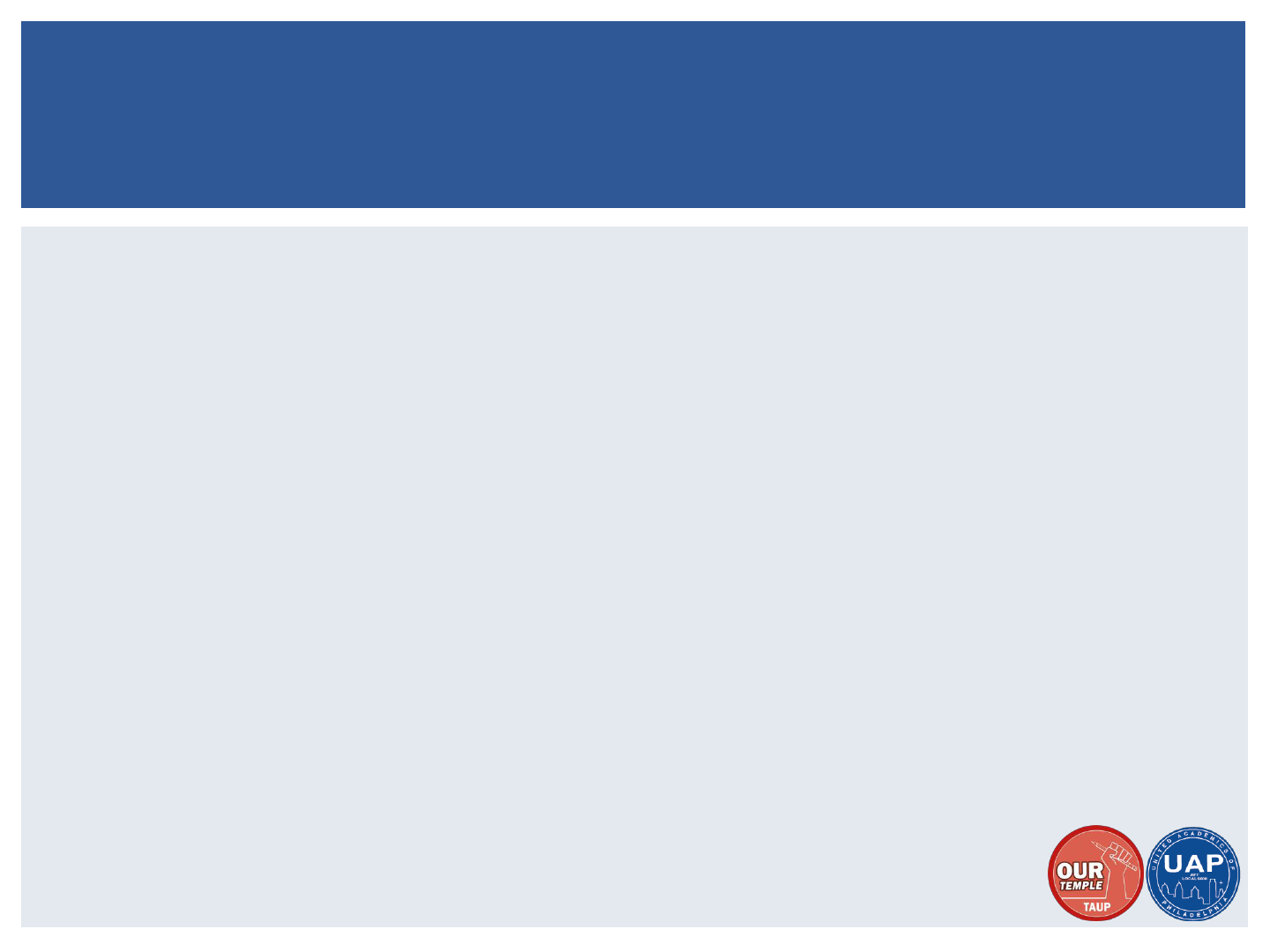
The Coronavirus Aid, Relief, and Economic Security (CARES) Act has
provided a temporary boost to unemployment Insurance via the Federal
Pandemic Unemployment Compensation Program (FPUC).
Through July 25, 2020, all assistance claimants will receive their usual calculated
benefit plus an additional $600 per week. This $600 will be disbursed separate from
your regular disbursement, retroactive to March 29
th
(or the date you filed your
application if later).
This is a flat amount, and will apply equally to those receiving partial UI.
Additionally, benefits are being extended to 39 weeks rather than the usual 26.
You only need to continue filing your weekly claims to benefit from the
extension.
HOW MUCH WILL MY UI BENEFIT BE
DUE TO THE CARES ACT PASSAGE?
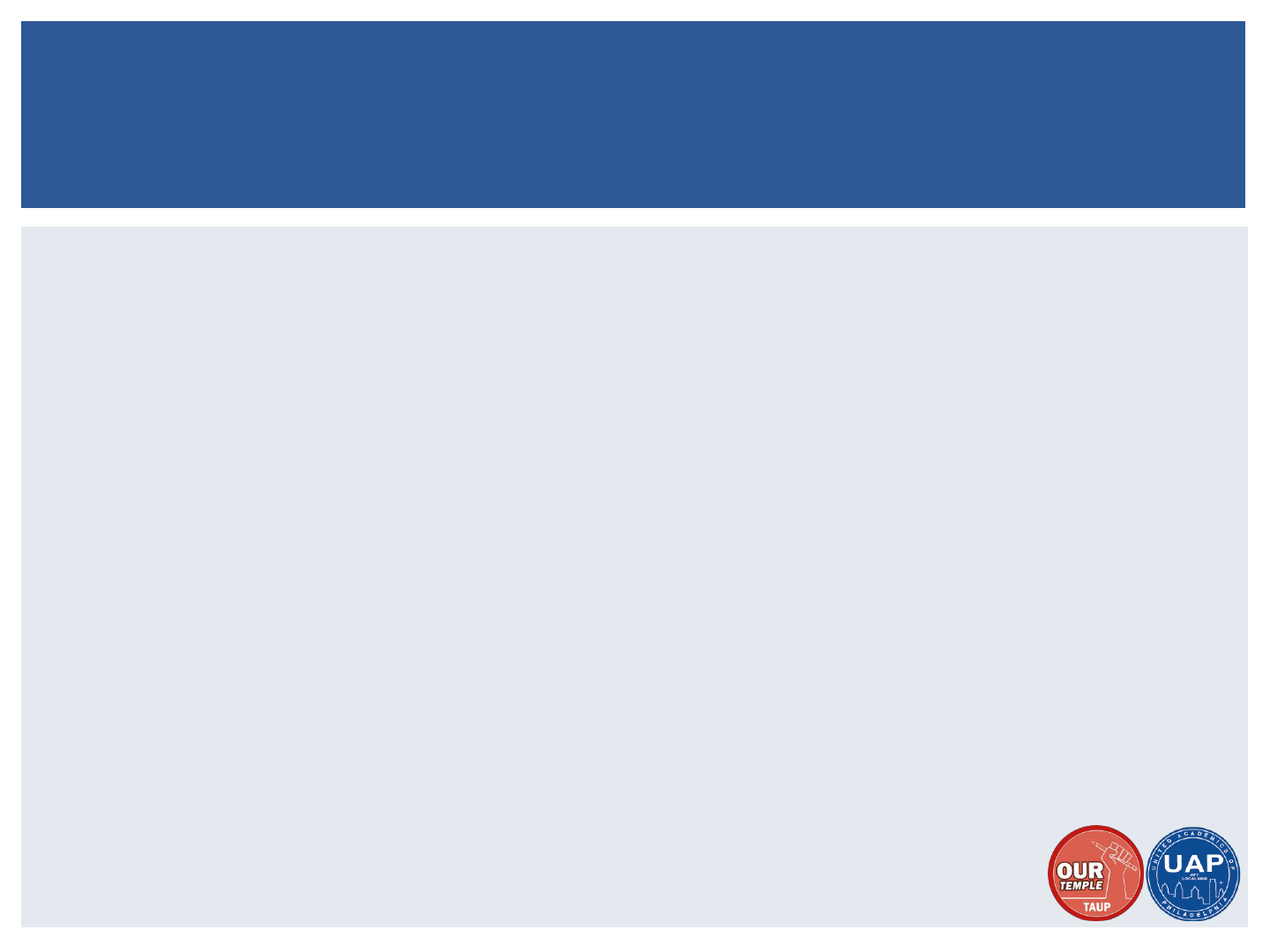
Apply for benefits on the first day made available to you by the application
system that you are no longer working for your employer.
For adjuncts, file the day after the end date stated on your appointment letter. It
is NOT dependent on when you receive your last paycheck.
The Sunday preceding the date you apply will be the date from which you will be
eligible to begin collecting should your application be approved.
You cannot collect for the days that precede your application date even if you are
out of work. It’s important to file your claim as soon as your employment ends.
APPLICATION PROCESS:
WHEN TO APPLY
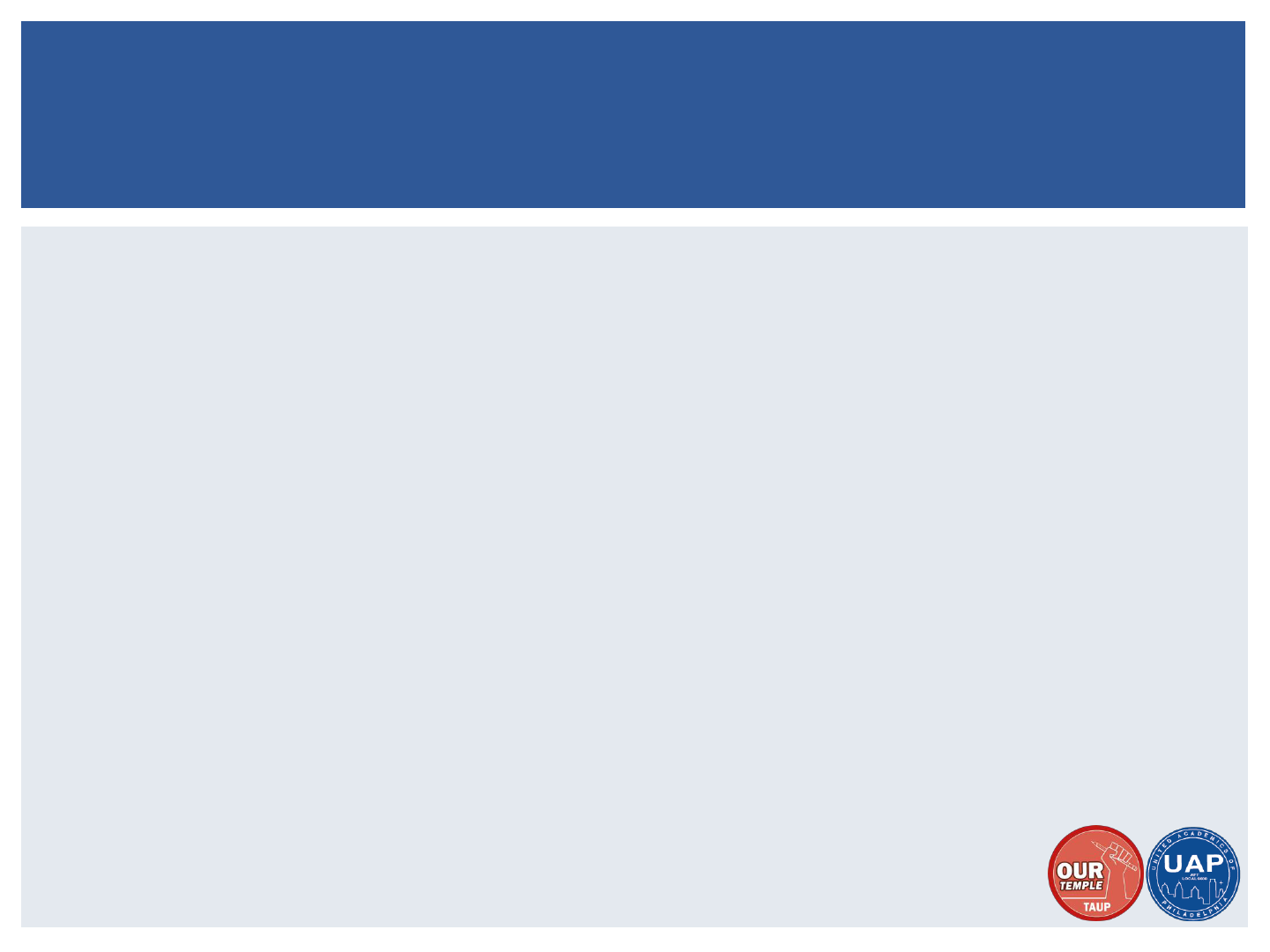
Apply by phone:
• North New Jersey: 201-601-4100
• Central New Jersey: 732-761-2020
• South New Jersey: 856-507-2340
• Out-of-state claims: 888-795-6672
Due to COVID-19, the volume of calls has been much higher and it is recommended that you apply
online instead.
APPLICATION PROCESS:
HOW TO APPLY
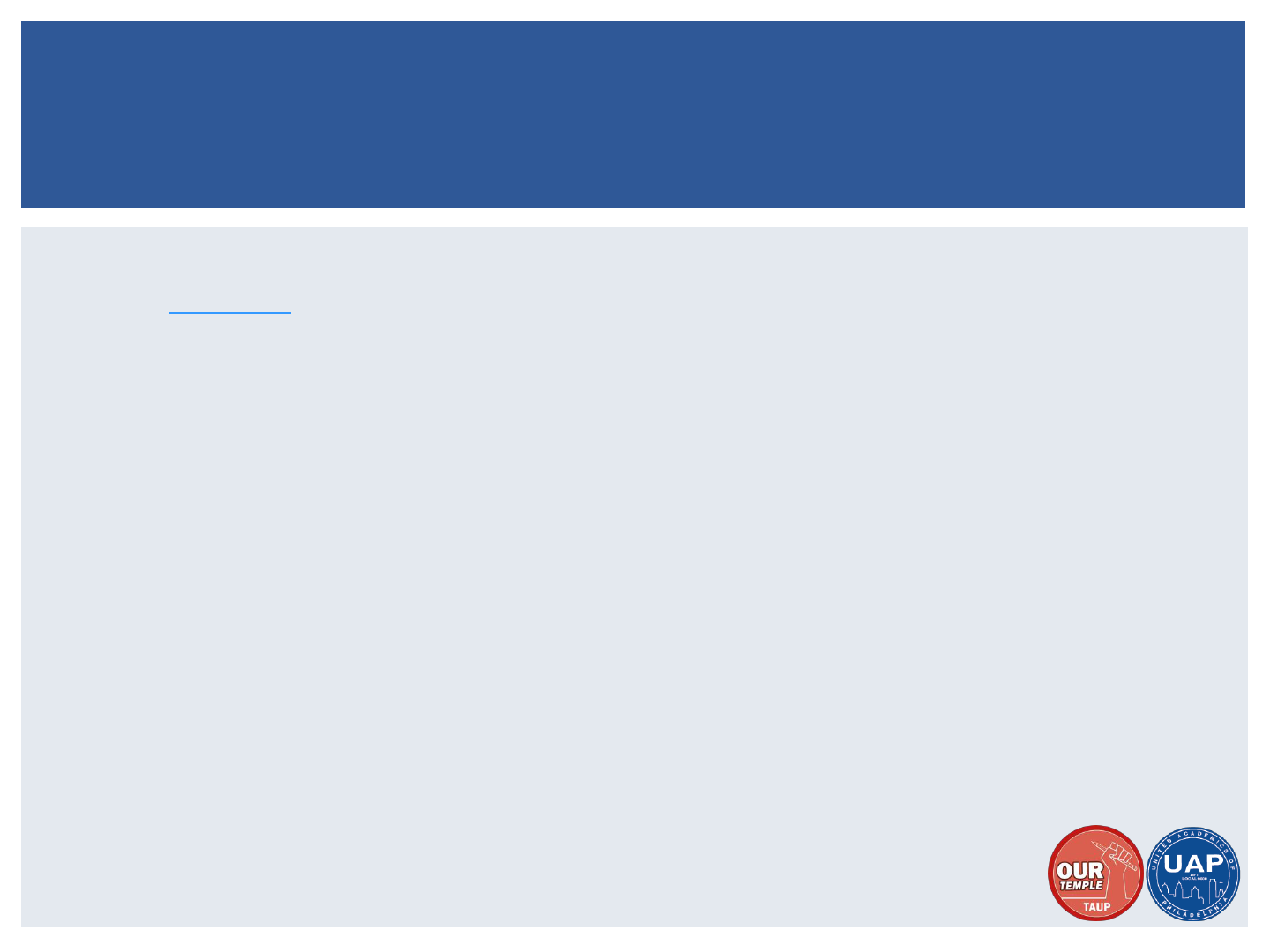
File online:
• If you apply online, you can file a new claim or re-open an existing claim any time.
• You will first create an account using a valid email address, where you will receive a verification
link. The link is only active for 60 minutes, so check regularly. After you have verified your email
and completed registering your new account, you can file your claim.
To file online, you must have:
• Worked only in New Jersey in the last 18 months, or
• Worked in New Jersey and any other state(s) in the last 18 months, or
• Worked for the federal government and in New Jersey in the last 18 months, or
• Served in the military in the last 18 months and be physically present in New Jersey
If you were a maritime employee in the last 18 months or you live outside of the United States, you must apply by
phone.
APPLICATION PROCESS:
HOW TO APPLY
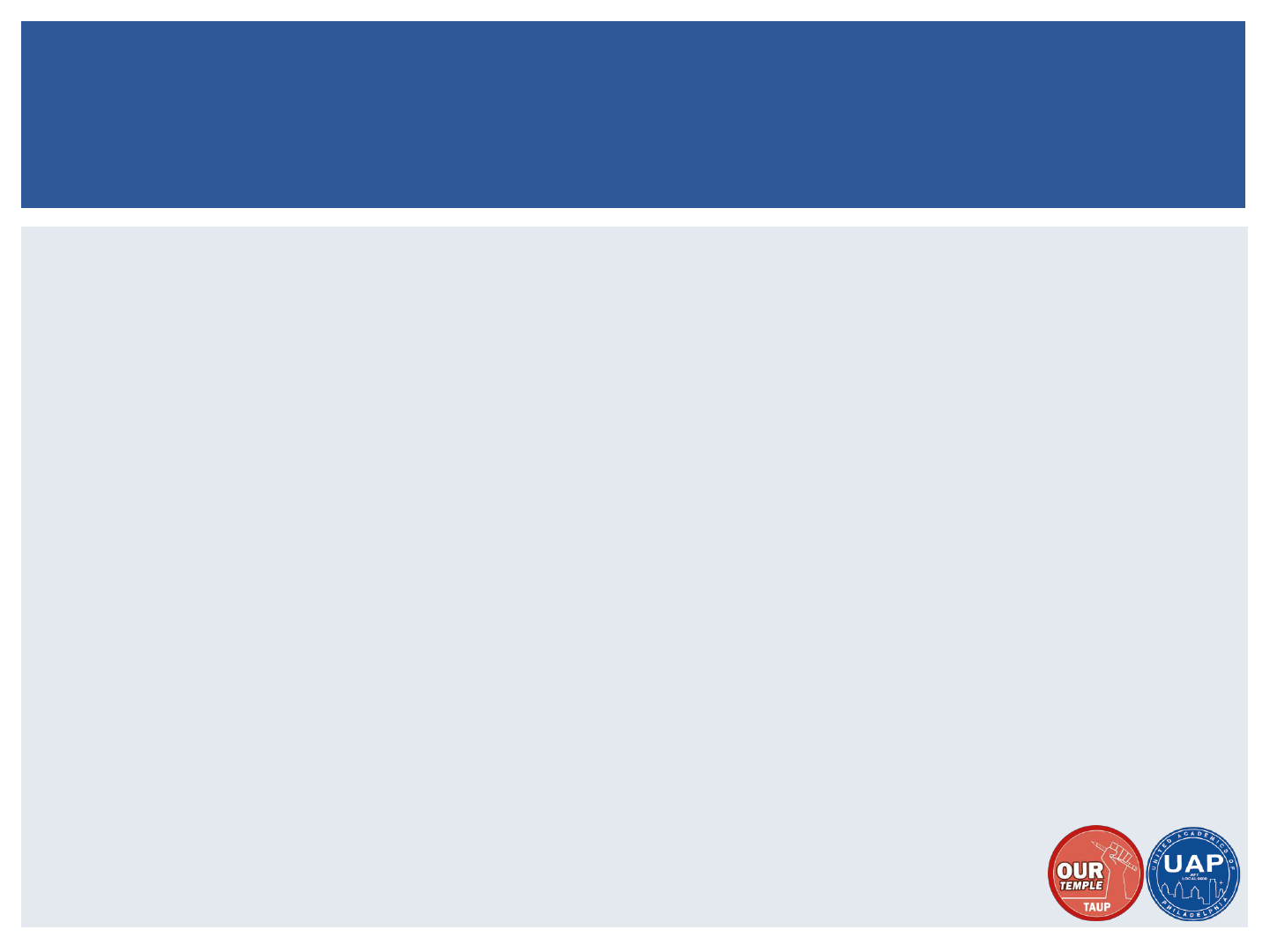
You will need to have:
• First and last name
• Date of birth
• Social Security Number
• Driver’s license number
• Phone number
• Email address
• Alien registration number (if you are not a US citizen).
• Pension information (or 401K).
• Amount and duration of any separation pay you may be receiving.
• Recall date (if you expect to be recalled to your job).
• Union hiring hall information, including Local number and address (if you get work through a union).
• Military Form DD-214 (if you were in the military in the last 18 months).
• Form SF-8 of SF-50 (if you were a federal employee).
• Name and address of employer
• Employer’s telephone number
• You occupation with employer
• Beginning and ending dates of employment
• Reason for separation
• Direct deposit information
APPLICATION PROCESS:
WHAT YOU WILL NEED
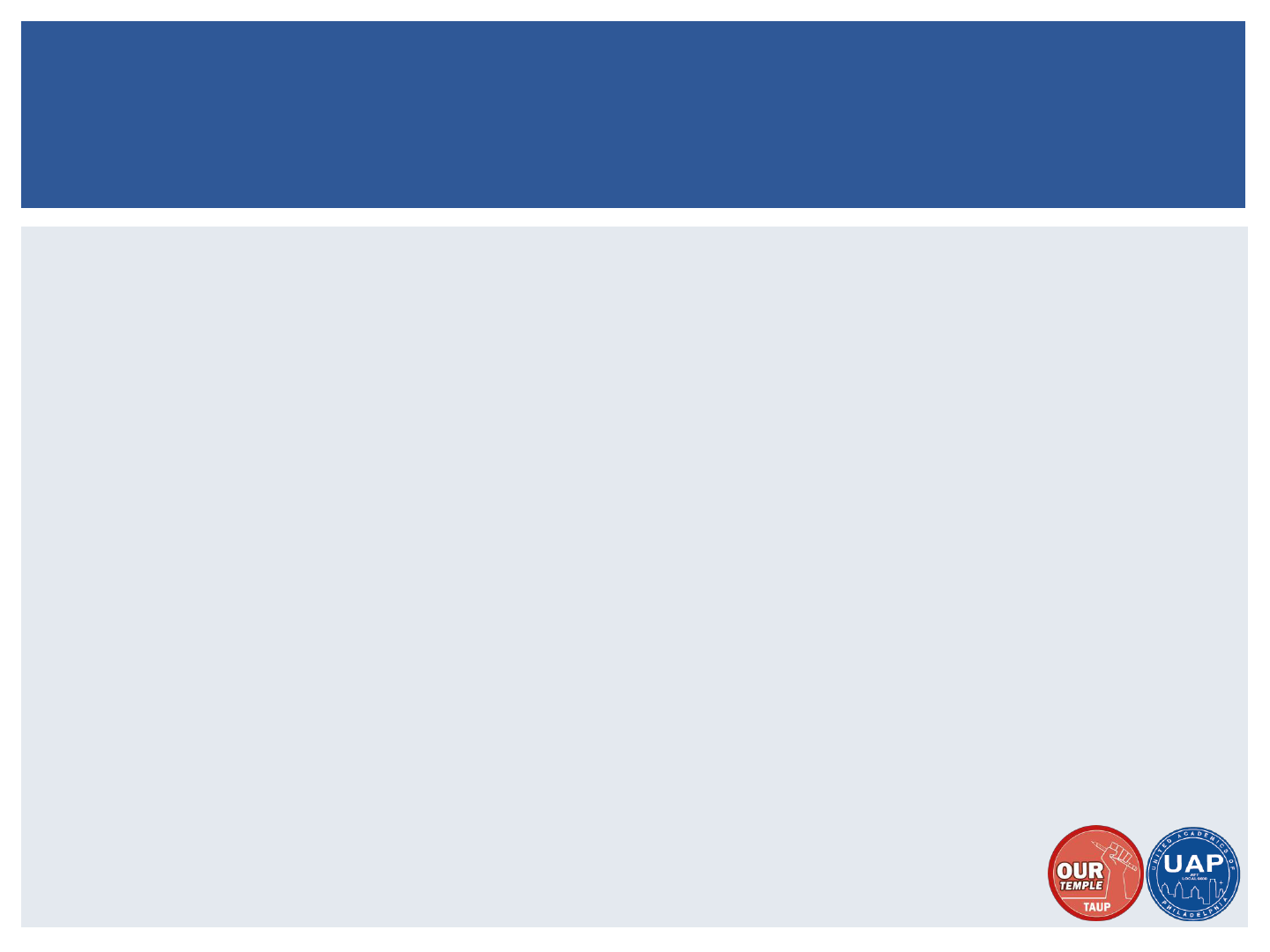
After applying, you will receive by mail a Benefit Determination. It will show you:
The amount of money you may collect each week (weekly benefit rate)
The total amount of money you may be entitled to collect during the one year period that your
claim is in effect (maximum benefit amount)
The base weeks you worked
The employers you worked for in those base weeks
Wages paid to you
Review all of this information VERY CAREFULLY. It will be used to calculate your weekly
benefit rate. If any information is incorrect, you can contact the Service Center for a
“monetary review.” You will need to have pay stubs and W2’s available.
DUE TO COVID-19 there have been significant mailing delays.
APPLICATION PROCESS
BENEFIT DETERMINATION FORM
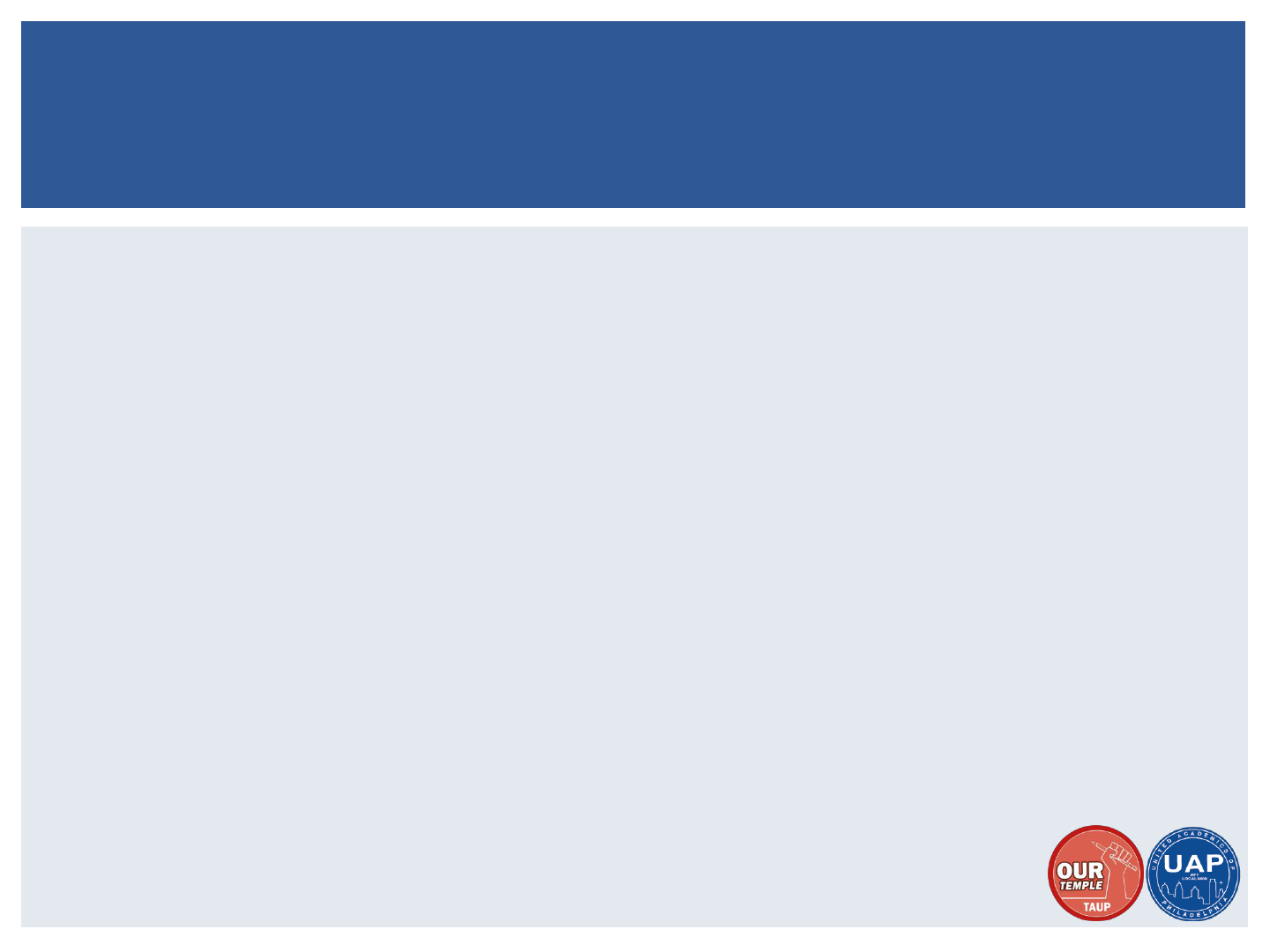
If any additional information is needed from you in regards to your claim, you
may be contacted by mail, email, or phone. Once a separation eligibility
determination has been made, you will receive a Notice of Determination in the
mail telling you whether or not you are eligible for benefits and on what basis.
If you disagree with the determination, you should appeal the decision.
APPLICATION PROCESS
NOTICE OF DETERMINATION
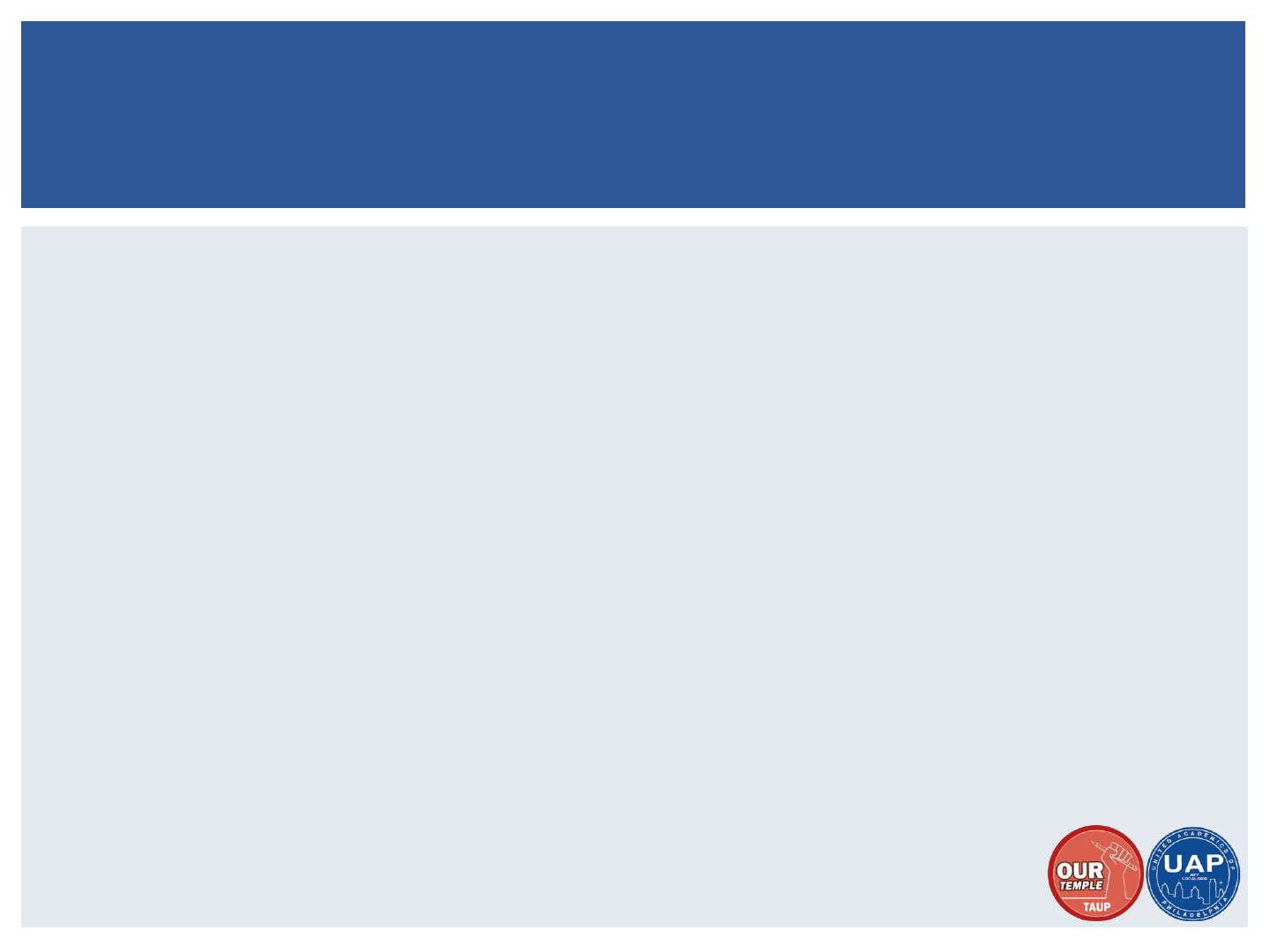
PIN:
When you first certify for benefits, you will be asked to create a PIN. Your PIN is valid for one year, so if
you ever re-open a claim within that year, you will need it again. Keep a record of it. Having to reset your
PIN can cause you to lose time in certifying for benefits.
DEBIT CARD:
When you apply, you can choose direct deposit or a Bank of America debit card to receive your benefits.
The debit card is mailed 10 days after your application is reviewed, and before you find out if your
application was approved. No funds will be on it until you’re approved.
Debit cards are valid for four years. If you’ve received a debit card in the past four years, benefits will be
issued to that same card. If you receive a new card, keep it archived for potential future use.
APPLICATION PROCESS
PIN AND DEBIT CARD
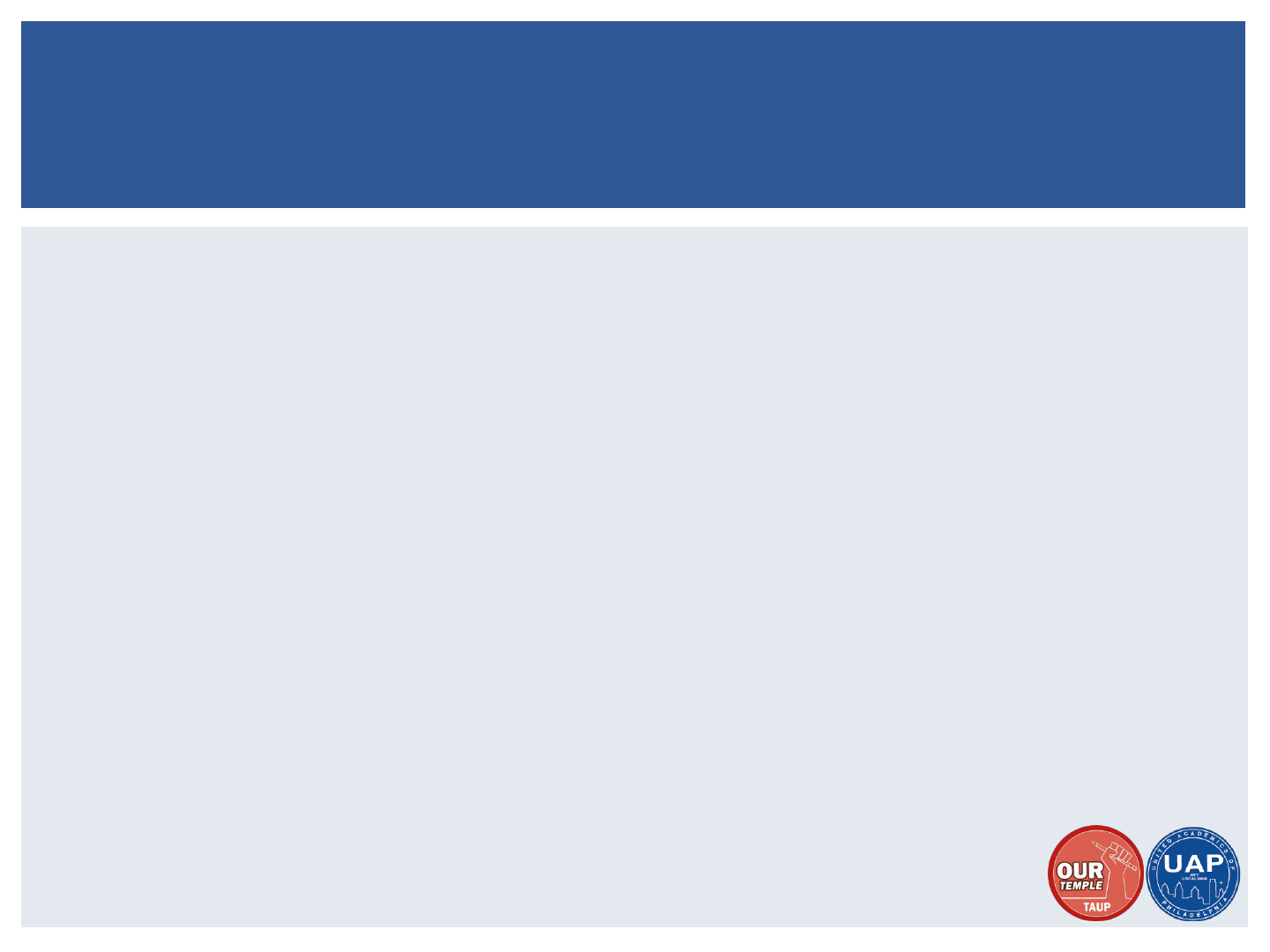
If you believe your claim has been wrongly denied, there are several levels of
appeal available to you.
File your appeals by the deadline stated in the documents you receive from the
state.
Send your appeal via certified mail AND through email or fax per the
instructions provided.
WHAT IF MY CLAIM IS DENIED?

You must certify weekly for your benefits, and report any new income you earn
during that time.
You have to certify for your benefits during an allotted time determined by your
Social Security Number. Check the website weekly for the schedule, as it can
change.
Due to COVID-19, some requirements that you ordinarily need to fulfill to
maintain your eligibility have been suspended, such as registering at a Workforce
Development Center, attending a re-employment orientation, and job search and
application requirements.
You will still need to file each week, but refer to THIS GUIDE created to help you
navigate the weekly claim certification questions under the pandemic. Answering
a weekly certification question incorrectly can cause you to lose benefits.
MAINTAINING ELIGIBILITY
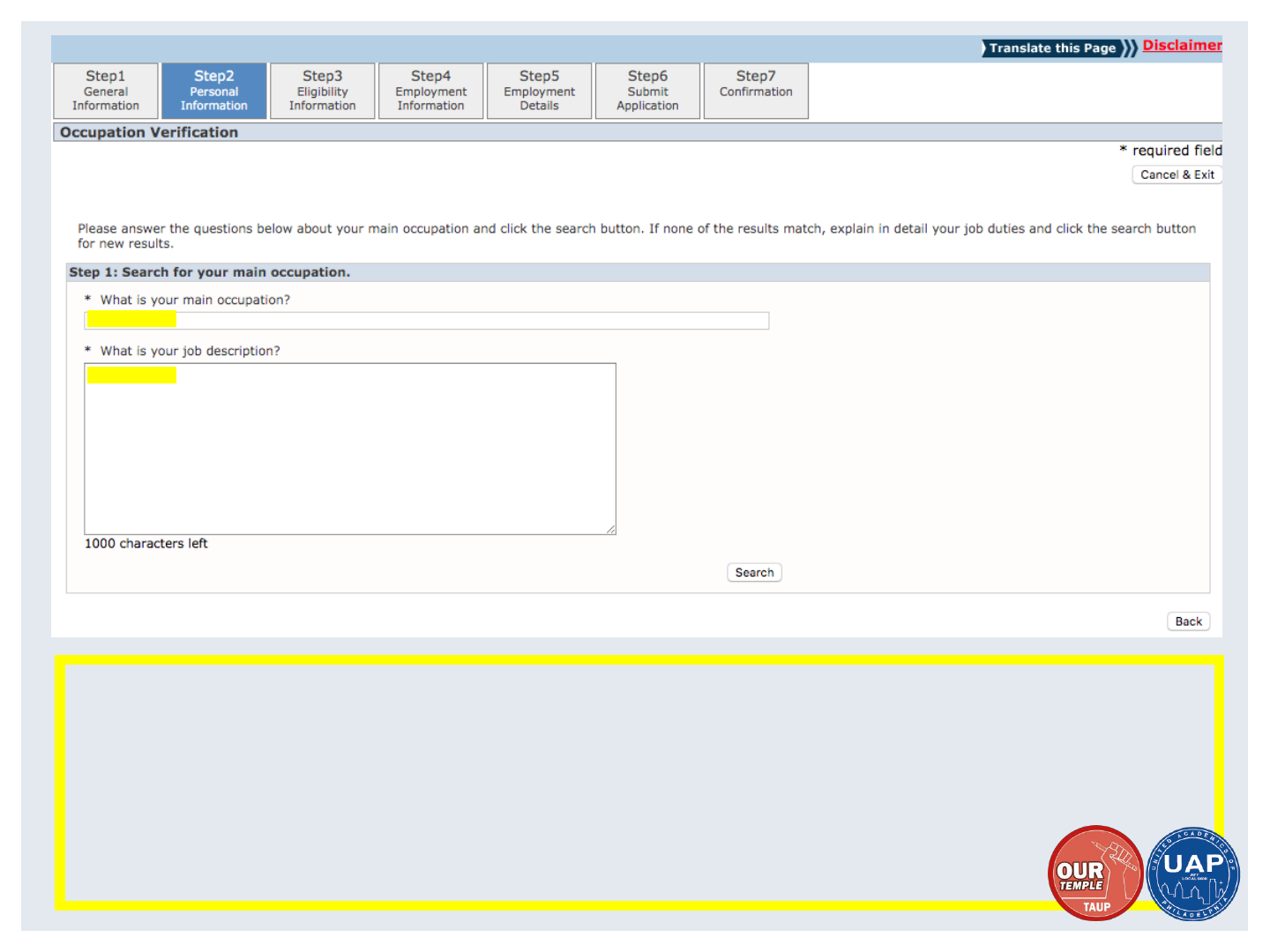
1) Type “Postsecondary” and your field.
2) This is an opportunity to explain the contingent of your employment, as well as describe your responsibilities. You should refer to your appointment
letter. For example:
I am a part-time, contingent professor in higher education. I am hired on a term-by term basis, and am laid off and cease being paid by the institution
at the semester’s end. My appointment letter states that my course can be canceled at any time for any reason, at my employer’s discretion. My most
recent appointment letter stated that I was to teach Experimental Studio, six hours a week for 15 weeks. My position requires
preparing a syllabus, lectures, technical demonstrations, taking attendance and holding office hours.
1) If you have an offer of potential re-employment for the subsequent semester, you could answer “Yes.” If you do not feel you have reasonable
assurance of recall, you can answer “No.”
2) If you have an offer of employment, enter the date listed on your appointment if you have one. Otherwise, list the first day of the semester.
1)
2)
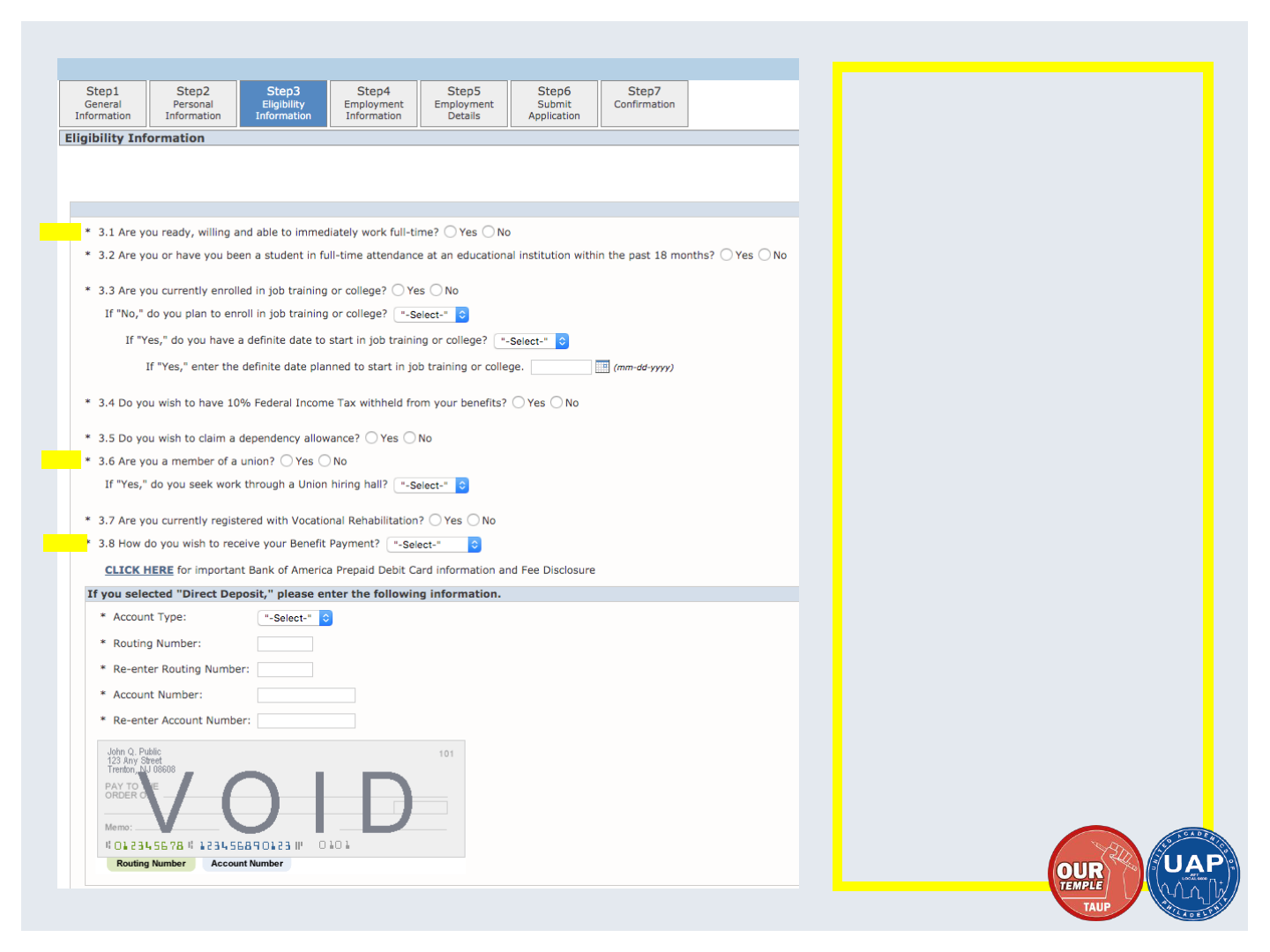
1) Being ready, willing and able to
immediately work is an eligibility
requirement.
2) Receiving work assignments via a union
hiring hall can make you ineligible for
benefits.
3) If you have a debit card from a claim
made up to four years ago, your benefits
will be applied to that card unless you
select direct deposit. If you have never
received a debit card, you would be
issued a new one.
1)
2)
3)
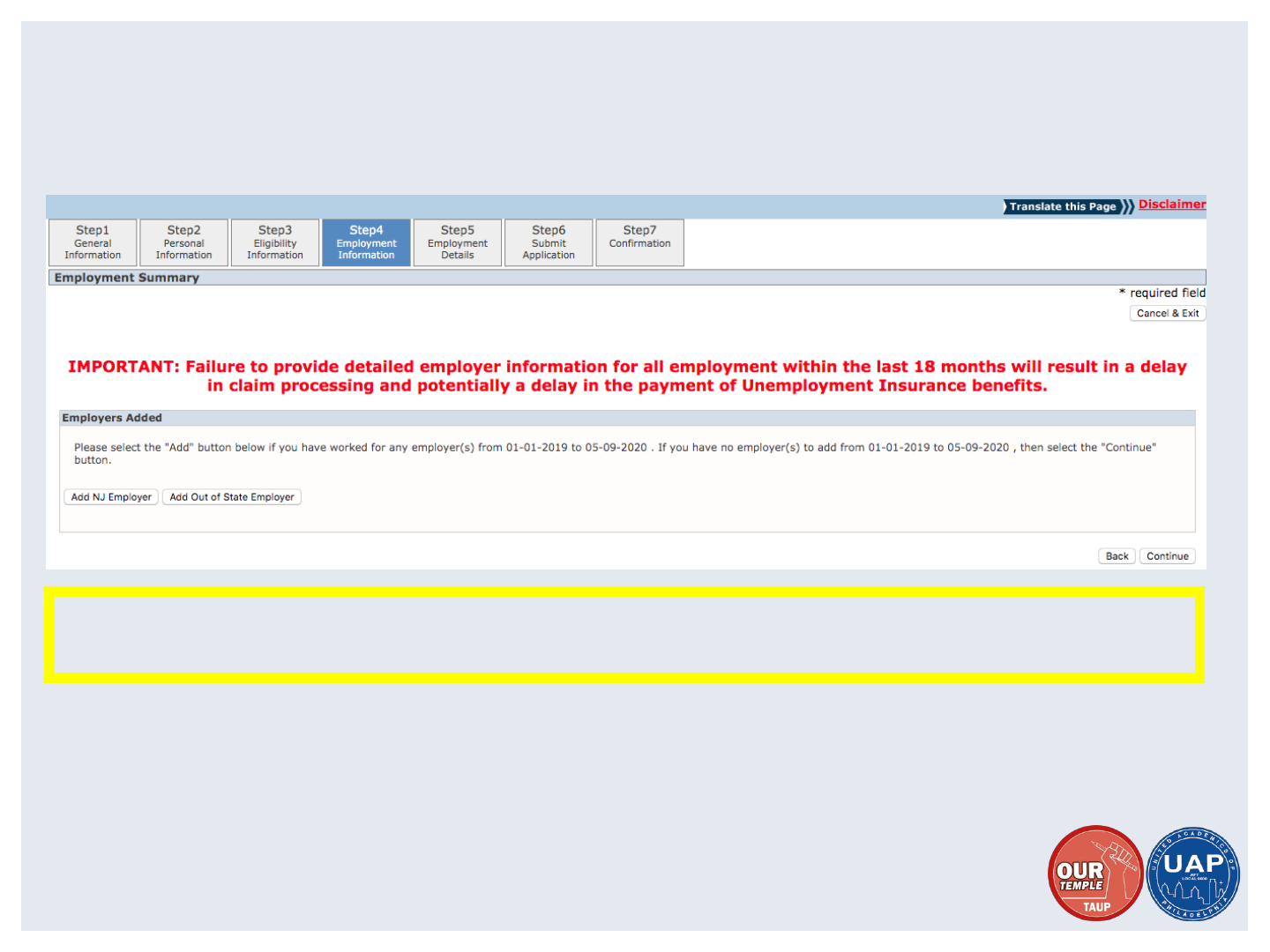
You will list ALL employers in the last 18 months, not just the employer(s) you are separating from.
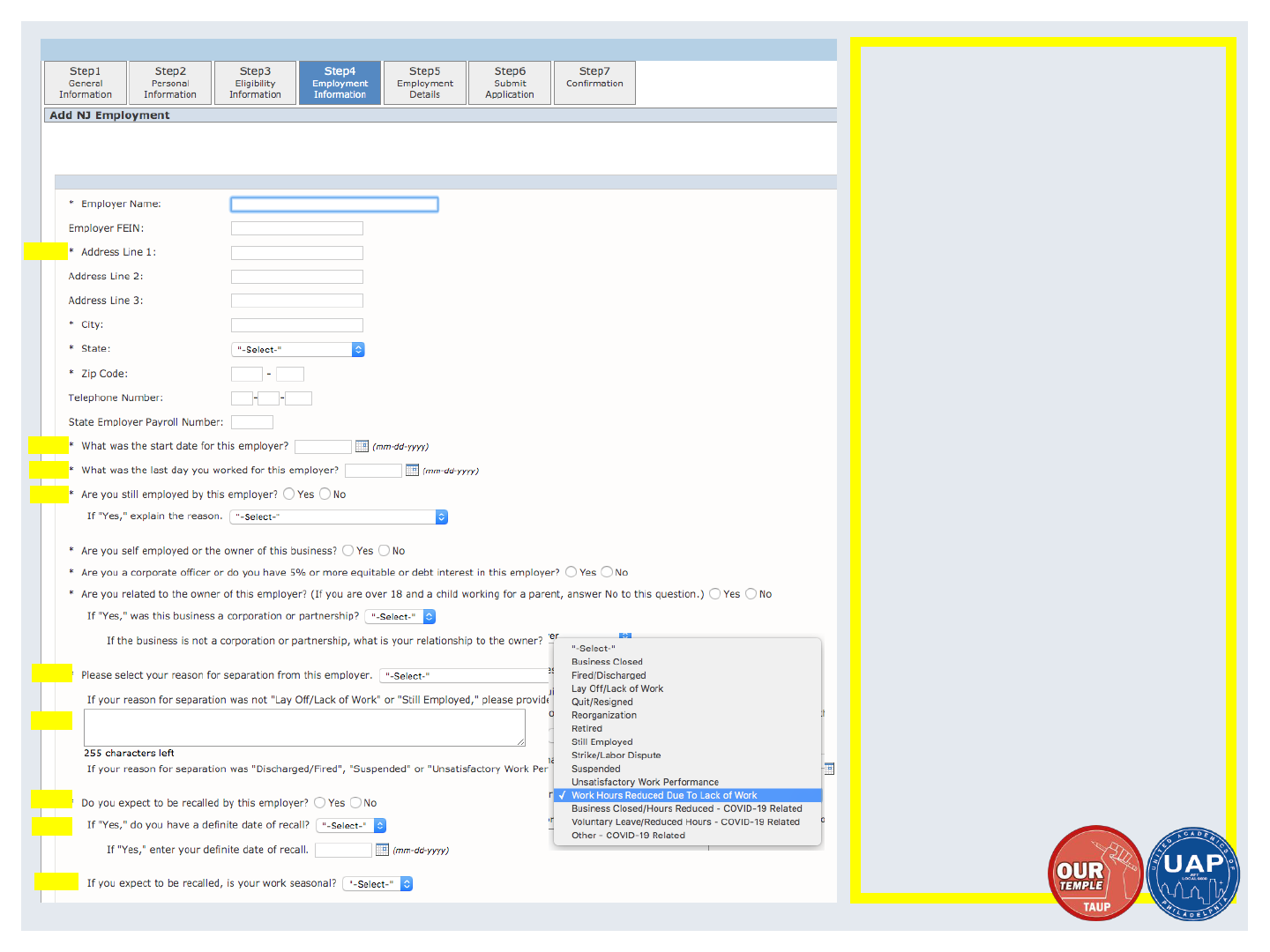
1) For your employer’s contact information,
enter the address and phone number of
Human Resources.
2) This should be the start date of the most
recent term you worked, NOT the first term
you were hired (if different). If you have your
appointment letter, refer to the start date
listed there. If not, refer to the academic
calendar.
3) If you have your appointment letter, refer to
the end date listed there. If not, refer to the
academic calendar.
4) The term has ended. You would enter “No,”
regardless of future offers.
5) In the drop down, select the most applicable.
If you have no offers for the subsequent term
(including summer), answer “Lay Off/Lack of
Work.” If you have a reduced offer, answer
“Work Hours Reduced…” If you’ve been told
that your reduction is due to COVID-19
circumstances, answer either “Business
Closed/Hours Reduced - COVID,” or “Other-
COVID.”
6) If applicable, reiterate any communications
you have received as to the reason for
the reduction.
7) You could answer “Yes” if you have an offer
for the subsequent term. If you have an offer
but do not feel you have reasonable
assurance of recall, you could answer “No.”
8) If you answered “Yes,” enter the date on your
appointment letter or refer to the academic
calendar.
9) “No.”
1)
2)
3)
4)
5)
6)
7)
8)
9)
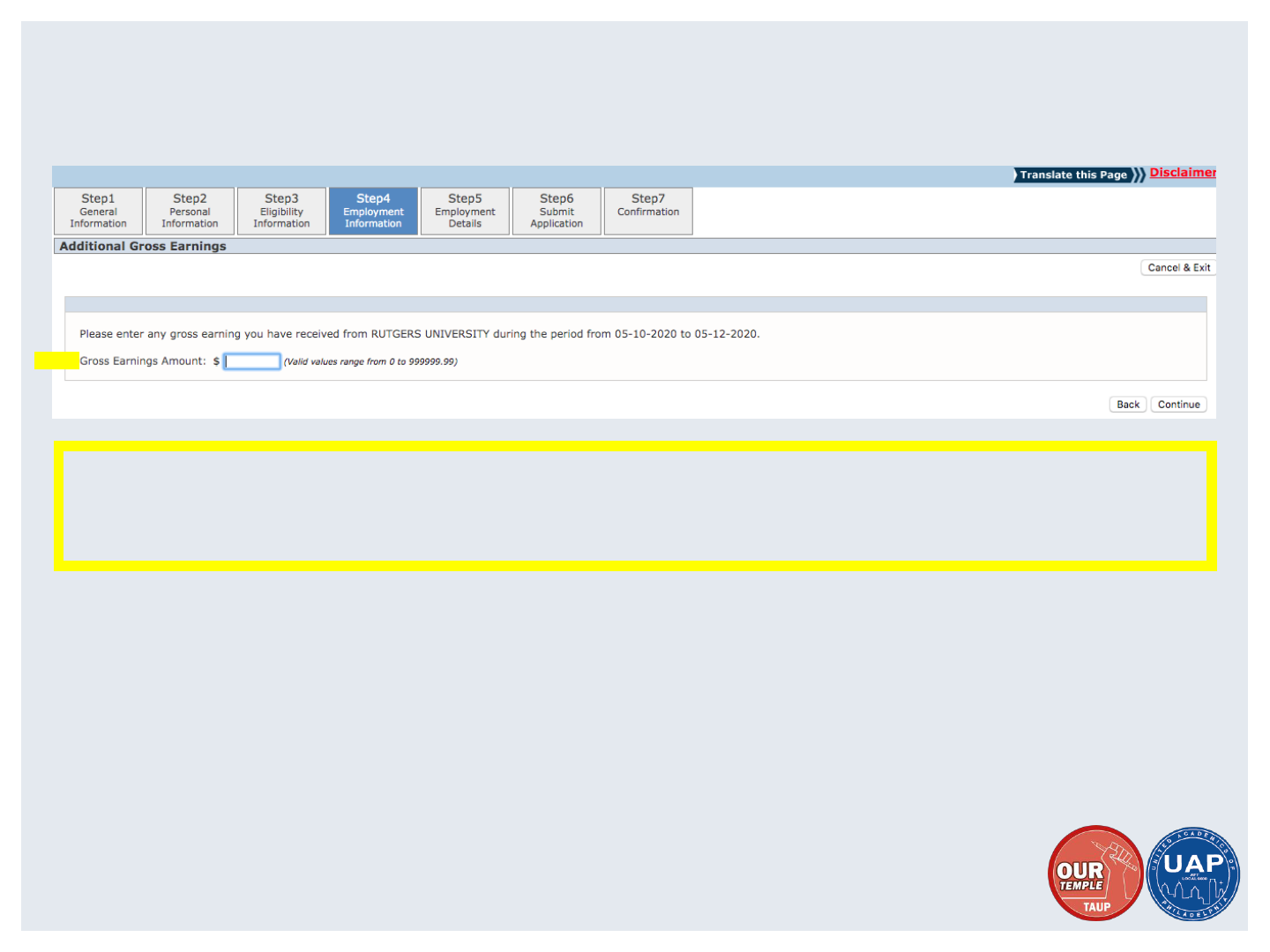
1) This can be an awkward question for those of us not paid on an hourly basis. Answer as accurately as possible, but this information will also be provided by
Human Resources. The question is here to establish any earnings you’ve received since within the week of your application date, beginning on the
preceding Sunday. Pro-rate your semester’s gross pay into weeks (according to the span as listed on your appointment letter), and then into days.
1)
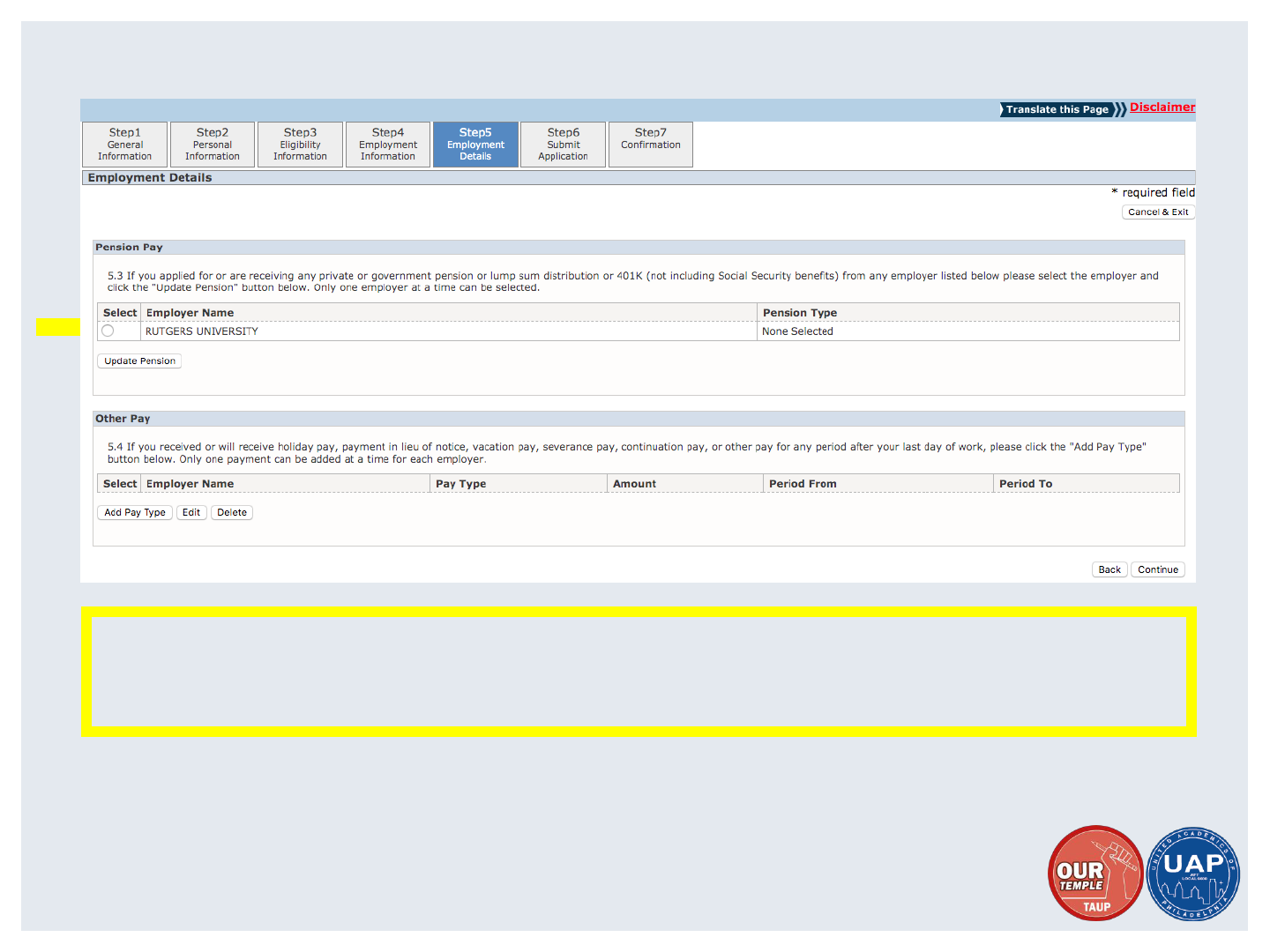
1) Certain types of payments, such as pensions, can be deducted from your unemployment benefit payments. Social security payments
are not deducted. For more information on potential deductions, visit the website.
1)
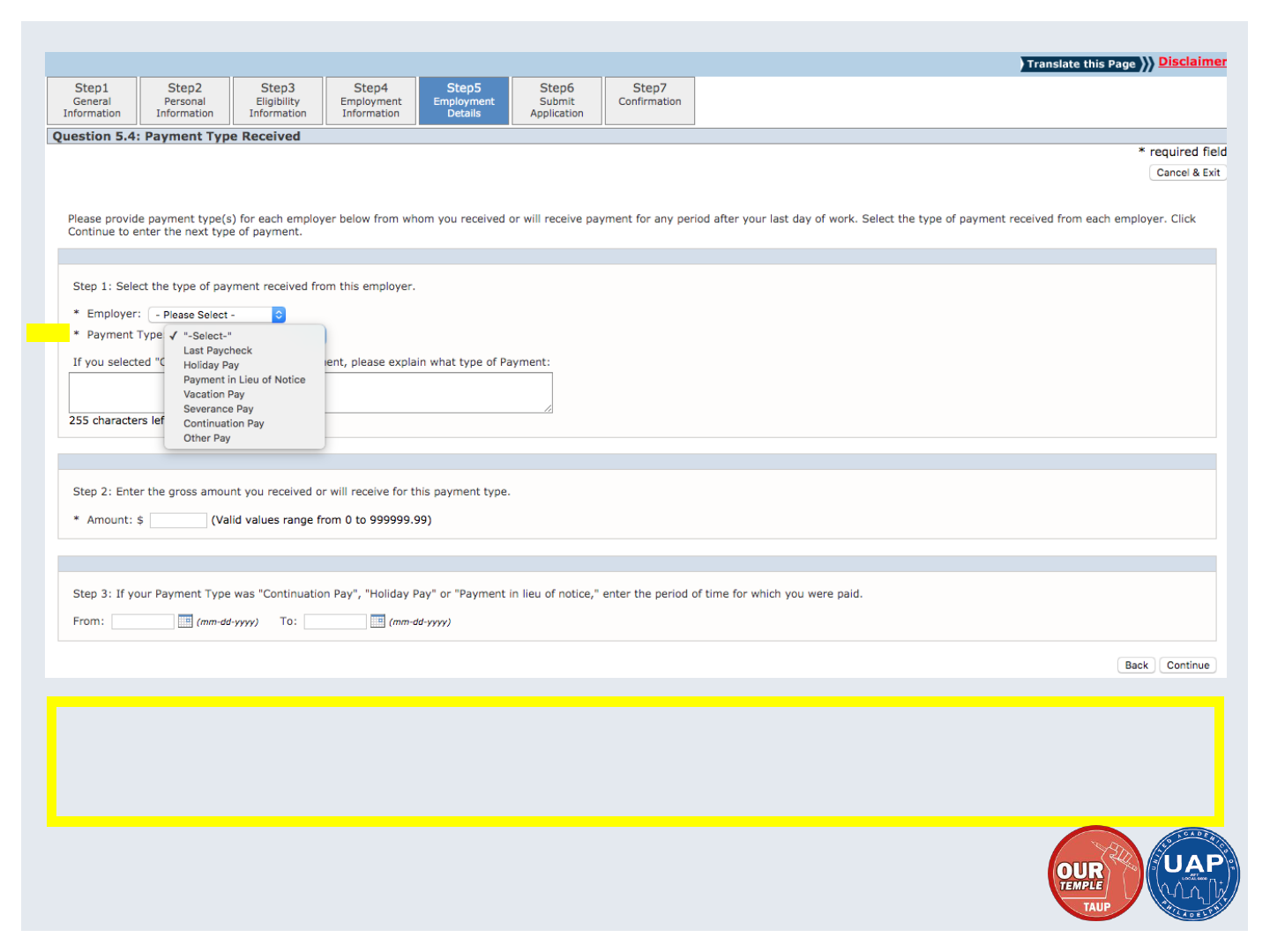
1) Many of us receive our last paycheck after our last day of work, so would select “Last Paycheck” if applicable. Remember, you are eligible to
apply for benefits after your last day of work. You should NOT wait until receipt of your last paycheck.
1)

You will have an opportunity on this summary
page to review the information you’ve entered
and make any changes prior to submission.
BE SURE TO PRINT A COPY for yourself! It
contains important information that you may
need to refer to again when filling out
additional forms, taking part in a fact-finding
interview, or pursuing an appeal.
1
)
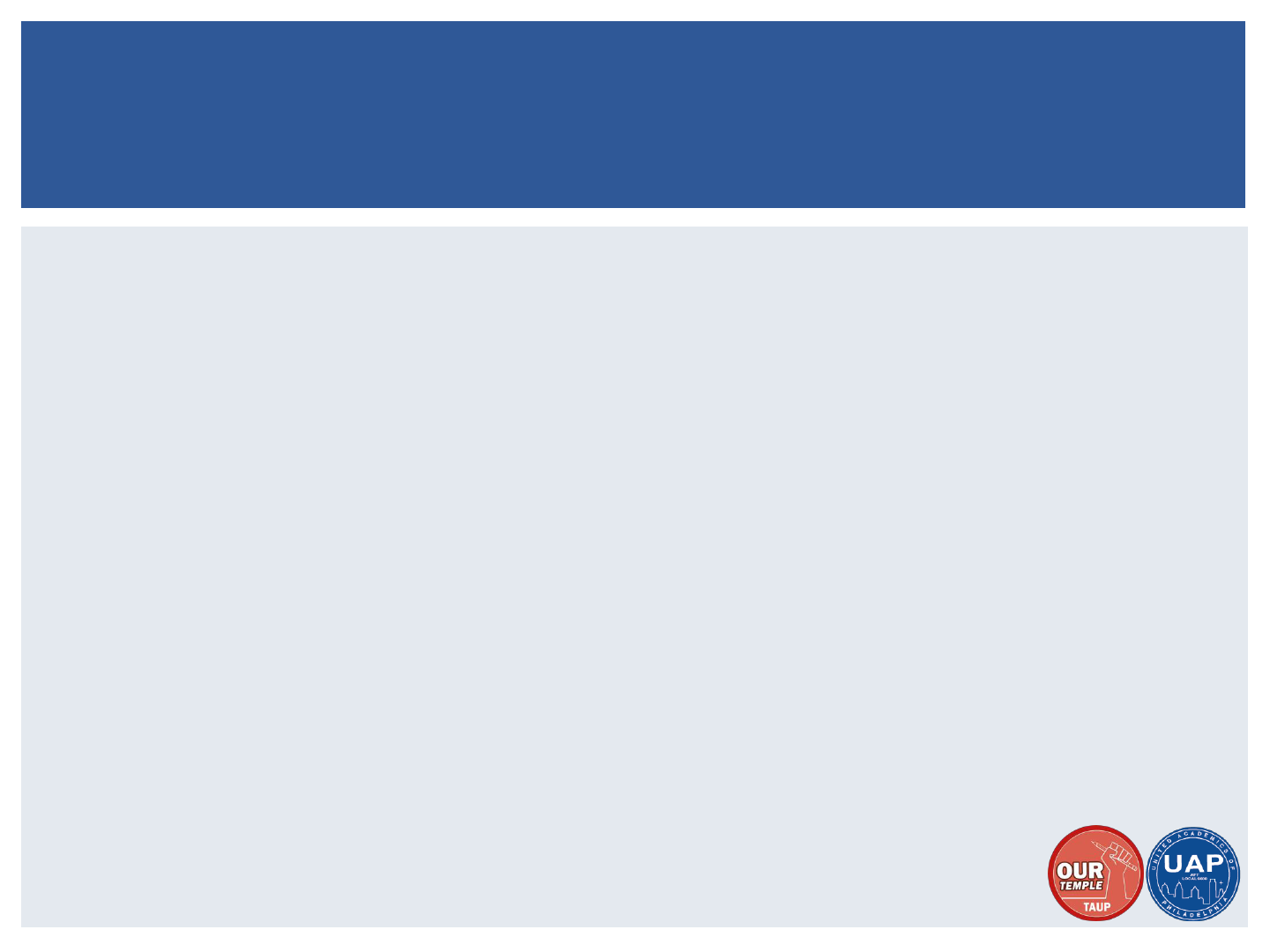
Because school employees are a “special case” under unemployment insurance law, we
typically have to provide additional information after the submission of our application.
This may come as a form mailed or emailed, or as a “fact-finding interview” over the
phone.
The function of the additional information is primarily to ascertain whether or not you
have reasonable assurance of reemployment in the subsequent academic term. If you are
found to have reasonable assurance, you may be found ineligible for benefits.
Consequently, you will want to highlight your contingency and all factors that you believe
contribute to a lack of reasonable assurance of recall.
The following slides provide an example, and some language you could use depending on
your given situation.
TIPS FOR THE SCHOOL EMPLOYEE FORM
/ FACT-FINDING INTERVIEW
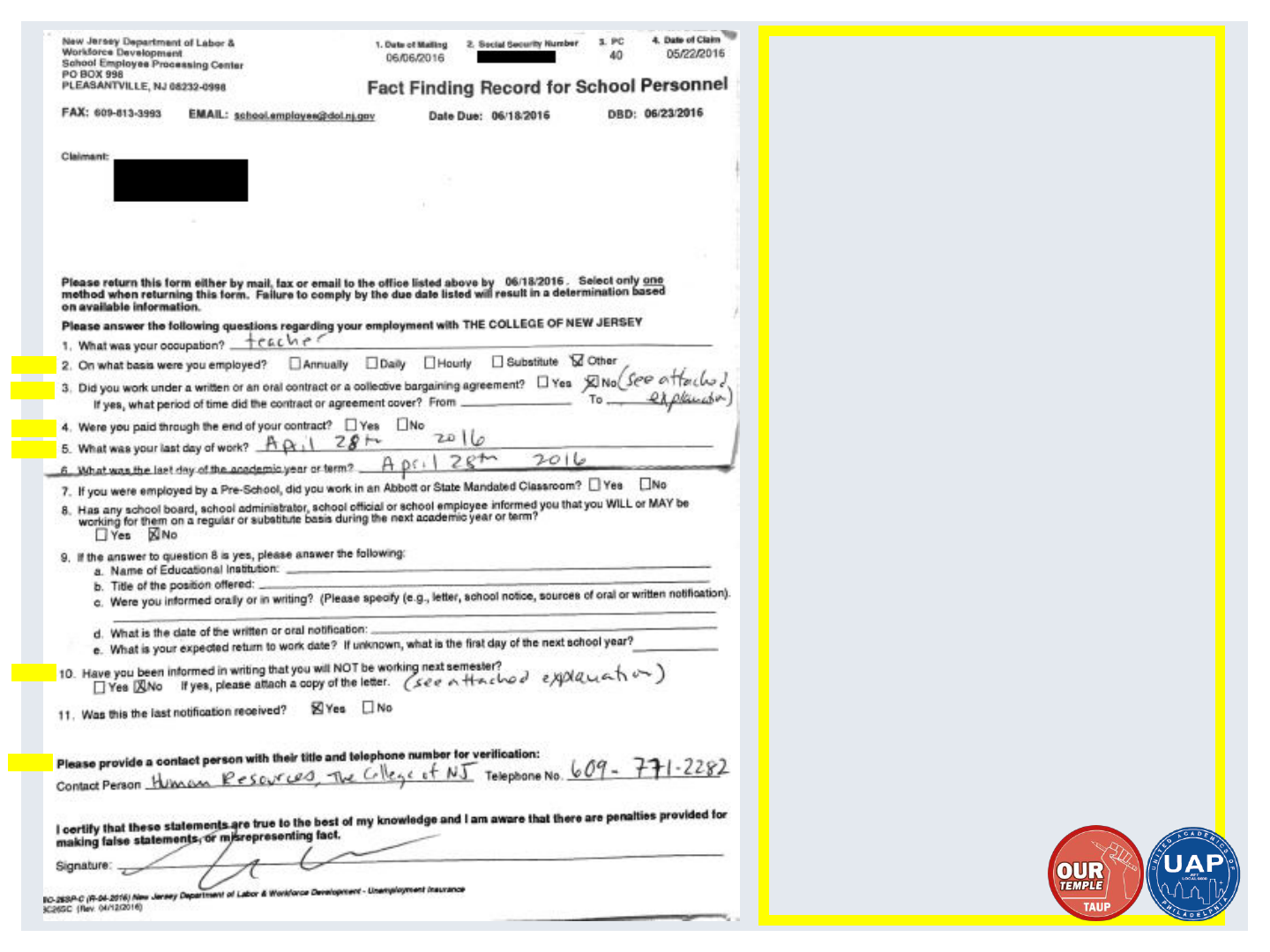
This is an example of a Fact Finding Form for
School employees. Whether you receive a form in
the mail, email, or are interviewed over the phone,
the questions will be similar.
If you have offers for the subsequent term and are
attempting to collect benefits in the summer, In
addition to filling out the form you should add a
written piece (or oral explanation) regarding why
you do not believe you have reasonable assurance
of re-employment.
See language on the following slides for assistance
with that piece.
1) “Other.” Most of work on a term by term basis.
2) “No.” Any offer that contains contingencies is
not a contract, so most of us do not have
contracts. We receive appointment letters with
offers contingent upon funding, enrollment, etc.
State the contingencies in your letter.
3) If you have been paid in full, “Yes.” If you are
waiting on a last paycheck, “No.”
4) Use the date on your appointment letter, or
refer to the academic calendar if you do not
have one.
5) Answer accordingly.
6) Use the contact information for Human
Resources.
1)
2)
3)
4)
5)
6)
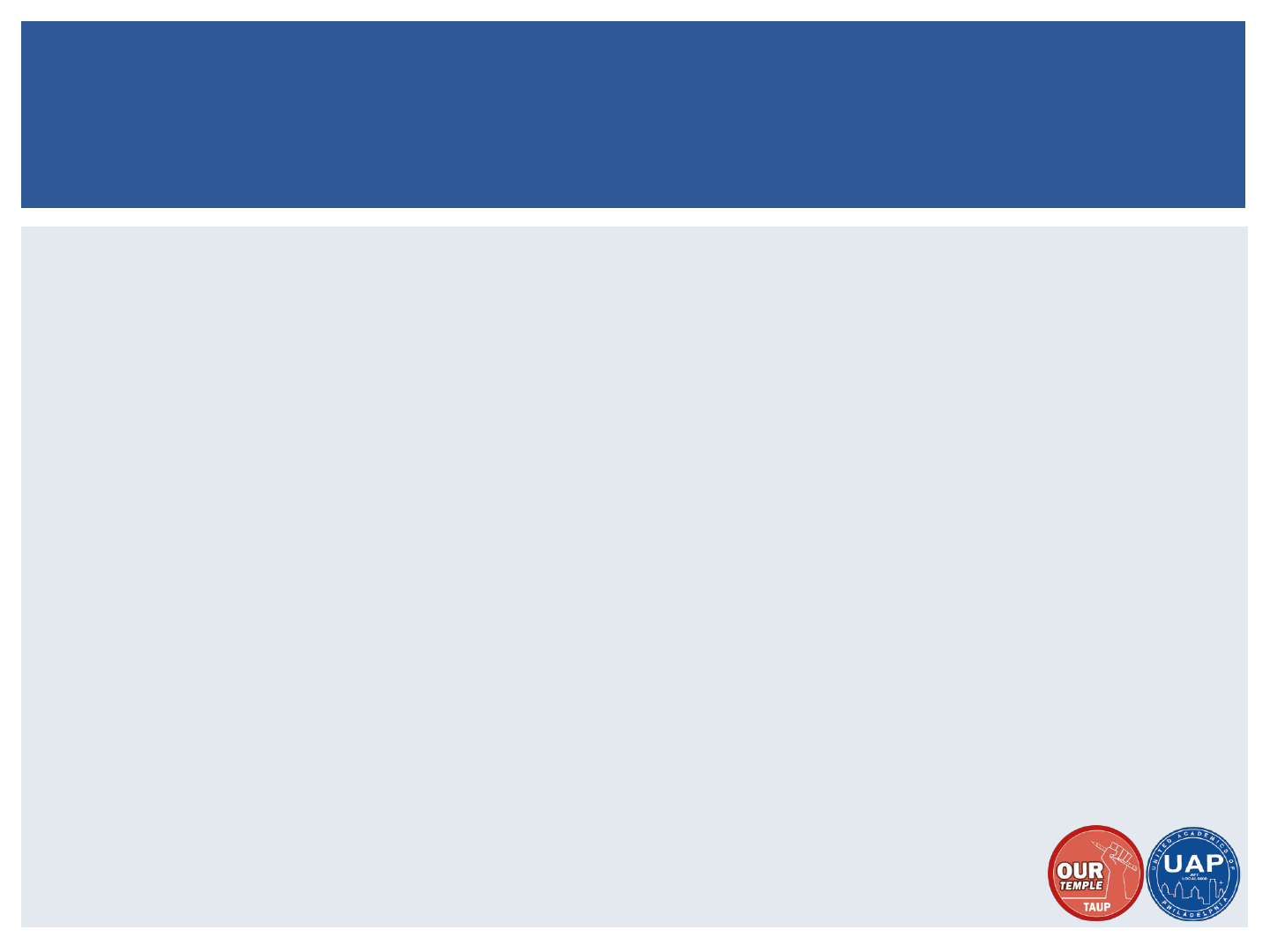
If you are attempting to collect UI benefits because you have had your course load
reduced or eliminated in the subsequent academic term (excluding summer):
The fact that you do not have reasonable assurance of recall has been demonstrated
by the employer. Use this opportunity to:
Clearly outline the nature of the reduction (i.e. specify what your typical
course load has been and for how long that has been your typical course
load, and explain how that course load has been unilaterally reduced by the
employer through no fault of your own).
TIPS FOR THE SCHOOL EMPLOYEE FORM
/ FACT-FINDING INTERVIEW
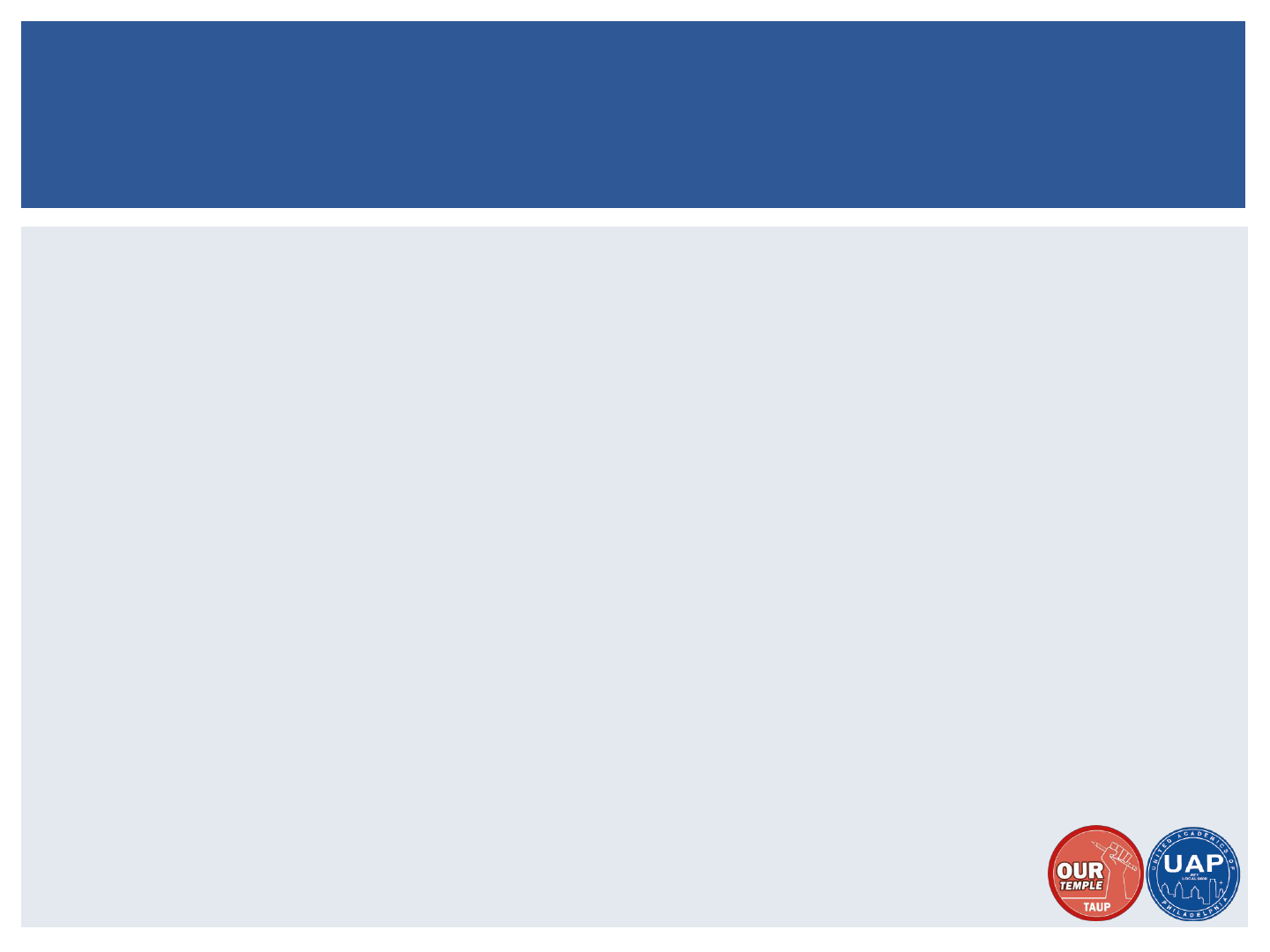
If you are attempting to collect UI benefits between academic terms, and have an offer in
the same capacity for the subsequent term (excluding summer):
You want to demonstrate why you do not believe you have reasonable assurance of recall. The
following are examples of contingencies deemed to be within the control of the employer. If you can
demonstrate that any of these contingencies exist, it can strengthen the argument that you do not have
reasonable assurance of recall. Where it applies, you could:
Note (if it’s the case) that summer is not a break at your school but another academic
term. Full-time students take summer term courses that are also offered in the spring and
fall terms. The institution/department runs courses in your capacity to teach, but you were
not offered work.
Emphasize that you are a contingent, at-will worker hired on a semester-to-semester basis.
Point out that your appointment letter offer for the next term contains contingencies that
allow your employer to retract the offer at its discretion. If available, quote that language.
If you have correspondence from your supervisor that shows uncertainty about your
course(s) running, mention that.
Indicate any communications from Administration regarding drops in enrollment.
TIPS FOR THE SCHOOL EMPLOYEE FORM
/ FACT-FINDING INTERVIEW
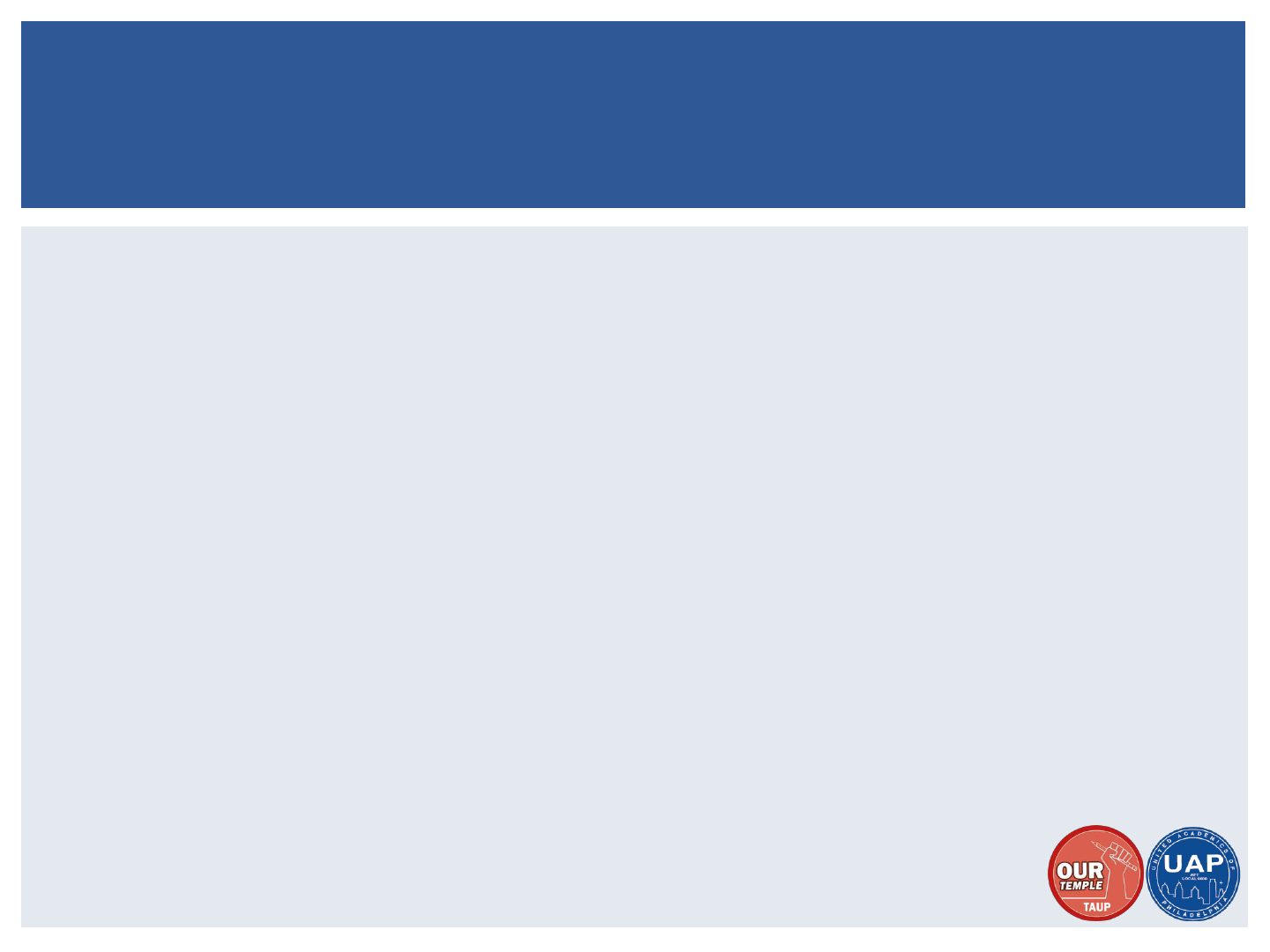
(Previous slide continued)
Note any increases to full-time teaching loads that could compromise course availability for adjuncts.
Compare the ratio of final course offerings vs. the faculty availability pool.
Point out any new caps on class size.
Describe any patterns of cancellation for the class you’ve been offered, or that you’ve personally
suffered with other classes.
Outline any changes to curriculum or course offerings that weaken reasonable assurance of recall.
Outline any changes to funding or budget allocations that weaken reasonable assurance of recall.
Describe any changes to facilities that weaken reasonable assurance of recall.
Mention any COVID-19 austerity measures that have been announced by your school that weaken
reasonable assurance of recall.
Describe any other relevant contingencies particular to your case.
TIPS FOR THE SCHOOL EMPLOYEE FORM
/ FACT-FINDING INTERVIEW
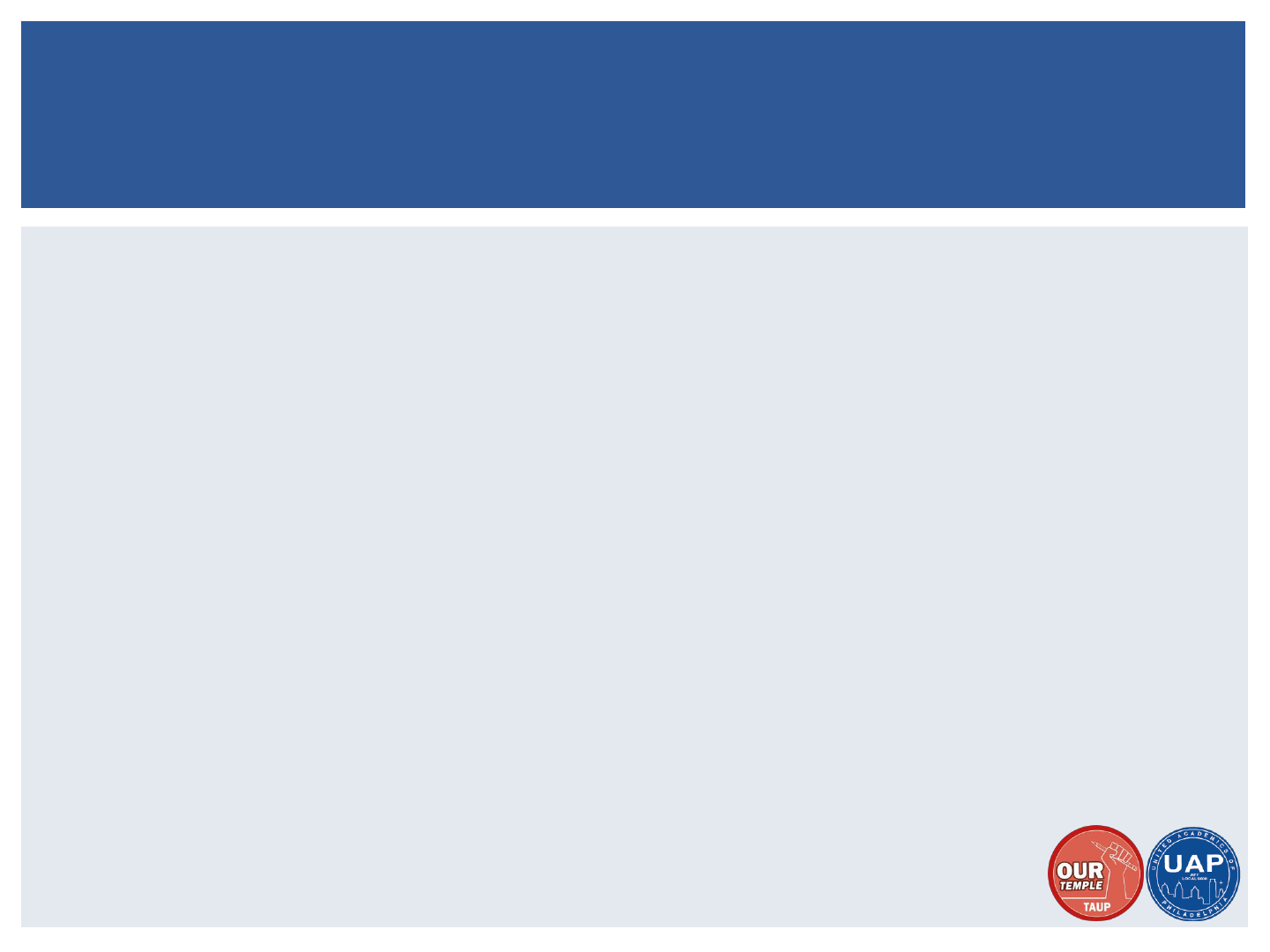
Again, contingencies deemed to be outside of the control of the employer such as funding, seniority,
and enrollment may lead to a reduction in your work, but do not make you eligible for UI benefits
according to the U.S. DOL guidelines in certain states.
HOWEVER!
The U.S. DOL grants states leniency in their interpretation of the “totality of circumstances,” used to
determine whether you have reasonable assurance of recall. New Jersey legislation A4132, if
approved, creates guidelines that are much more favorable to collecting between terms because it
considers enrollment and funding to be within the control of the employer.
Wherever you are applying, it is the responsibility of the claims examiner to tease those contingencies
out. You should mention all the factors you believe are responsible for a lack of reasonable
reassurance of recall, whether they are interpreted as within the employer’s control or not.
Additionally, COVID-19 has radically transformed the landscape of higher education, and austerity
measures will likely lead to a lack of employment opportunities for contingent faculty at many
schools. This uncertainty could push the argument in our favor, determining that none of us have
reasonable assurance under the current unstable climate. We strongly encourage contingent faculty
Apply, Appeal, and Advocate!
*Keep in mind that anything you write in your application can be used against you in
appeals should you initially be denied UI benefits. BE HONEST!
TIPS FOR THE SCHOOL EMPLOYEE FORM /
FACT-FINDING INTERVIEW
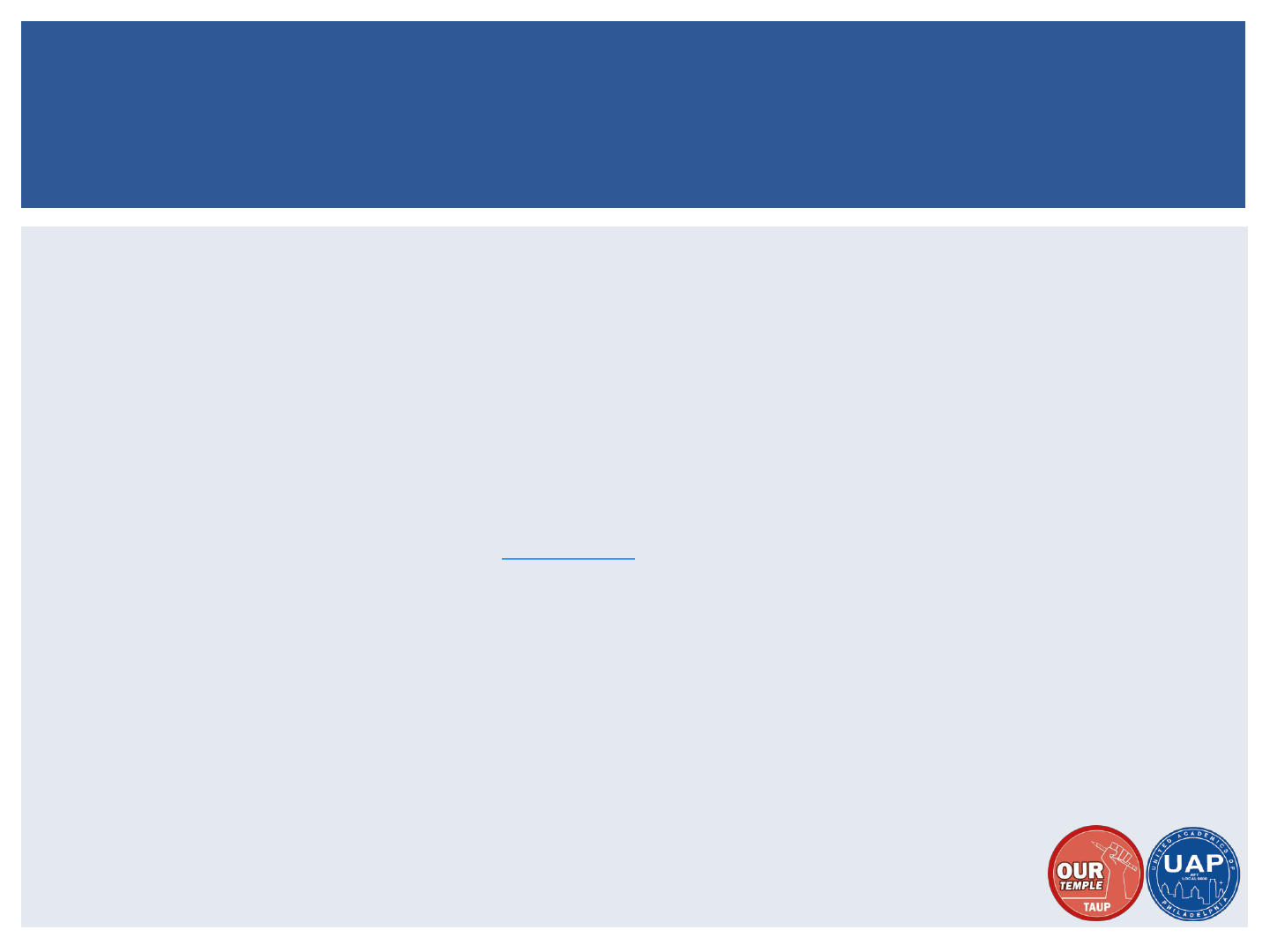
Reemployment Call Centers (to file a new claim):
• North New Jersey: 201-601-4100
• Central New Jersey: 732-761-2020
• South New Jersey: 856-507-2340
• Out-of-state claims: 888-795-6672
Email must be submitted via the online form.
Anna Neighbor, Treasurer
United Academics of Philadelphia, Local 9608
treasurer@unitedacademicsphilly.org
HELPFUL CONTACTS
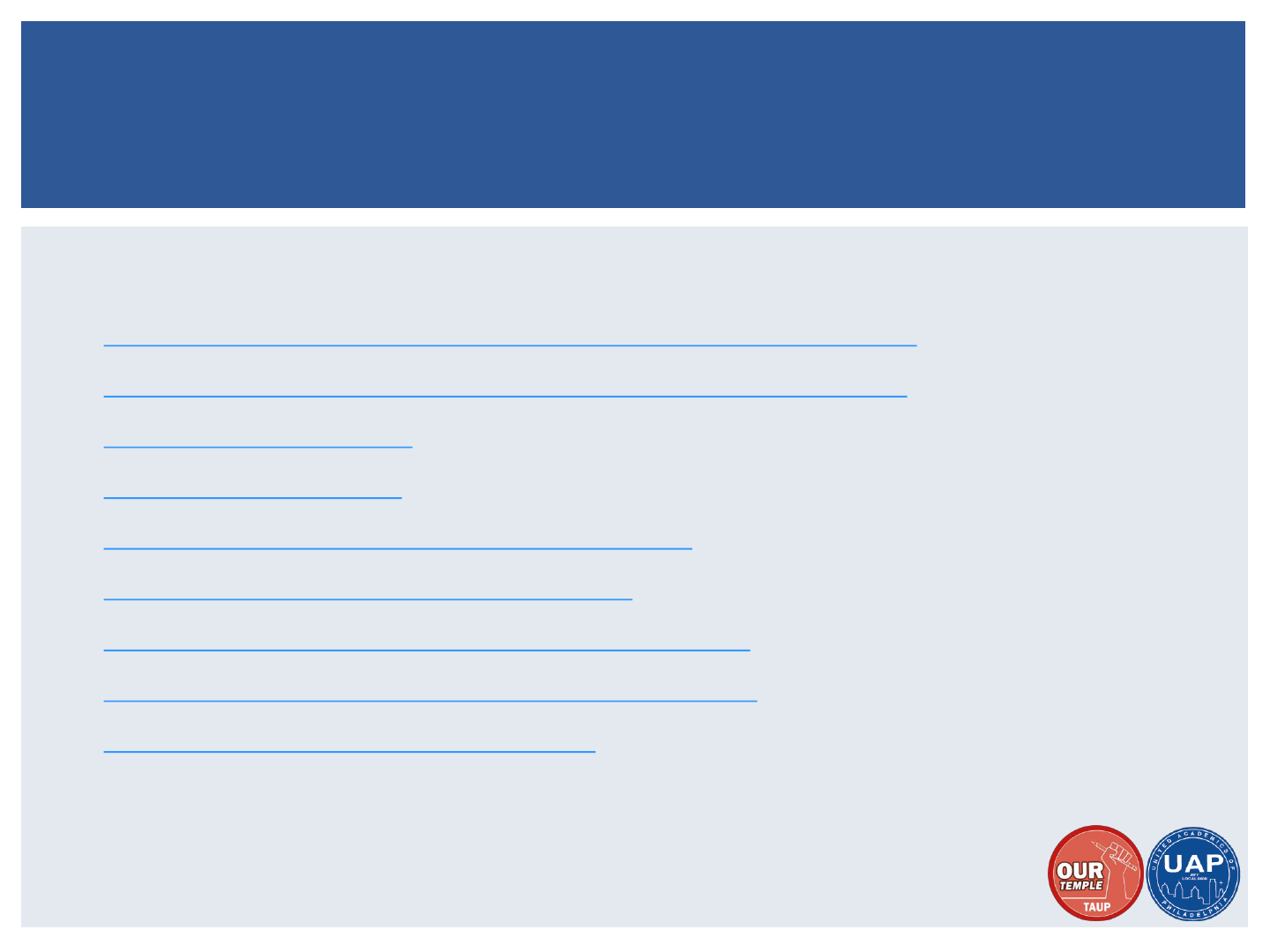
New Jersey Unemployment Insurance home page
New Jersey Unemployment Insurance Handbook
“Contact Us” page
Benefit calculator
Schedule for certifying for benefits
FAQ’s for UI during COVID-19
Information for self-employed workers
Step by step application guide for PUA
Legal Services of New Jersey
HELPFUL LINKS
